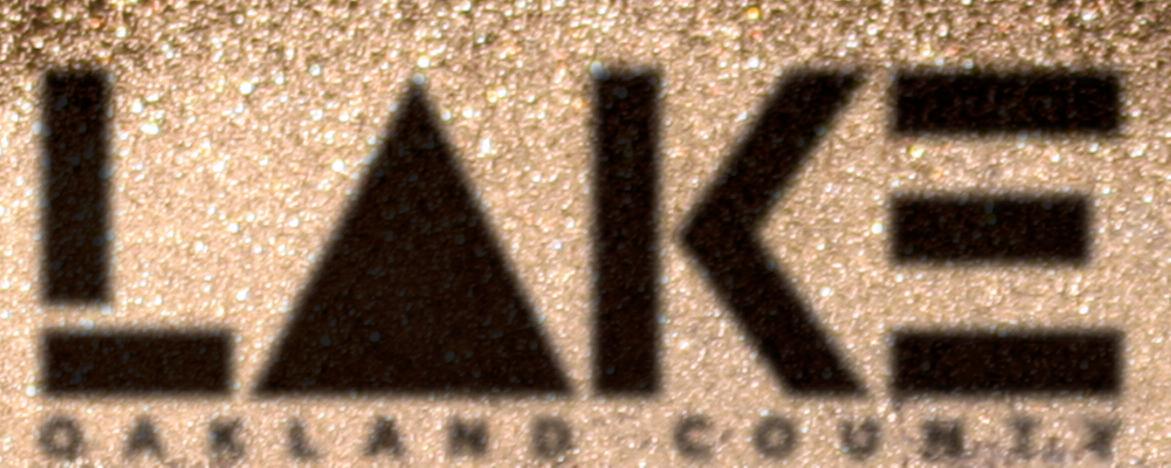
JULY 2024
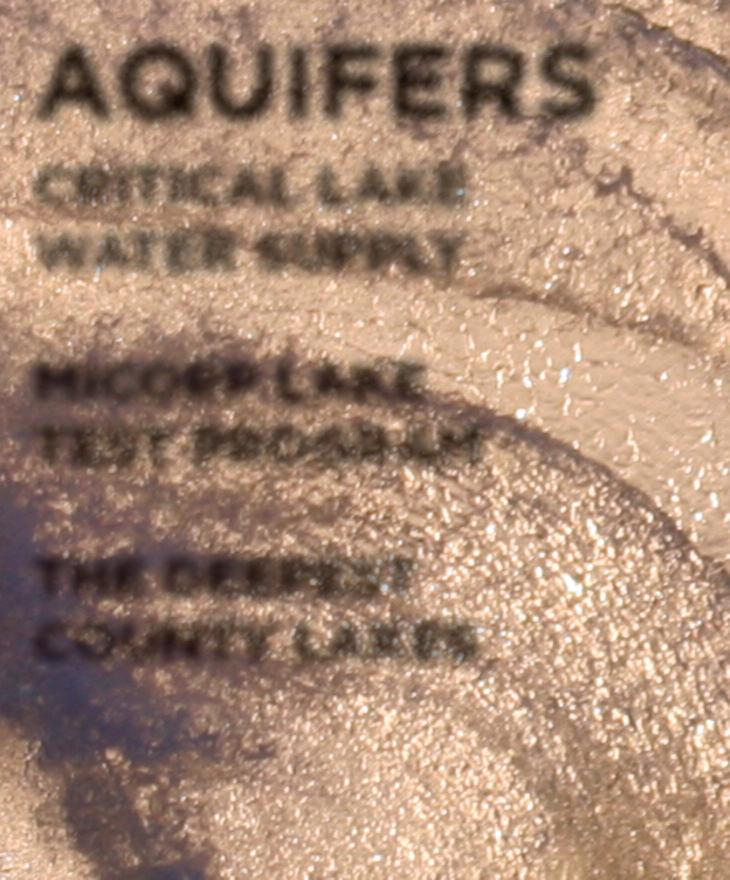
AQUIFERS
CRITICAL LAKE
WATER SUPPLY

MICORP LAKE TEST PROGRAM

THE DEEPEST COUNTY LAKES
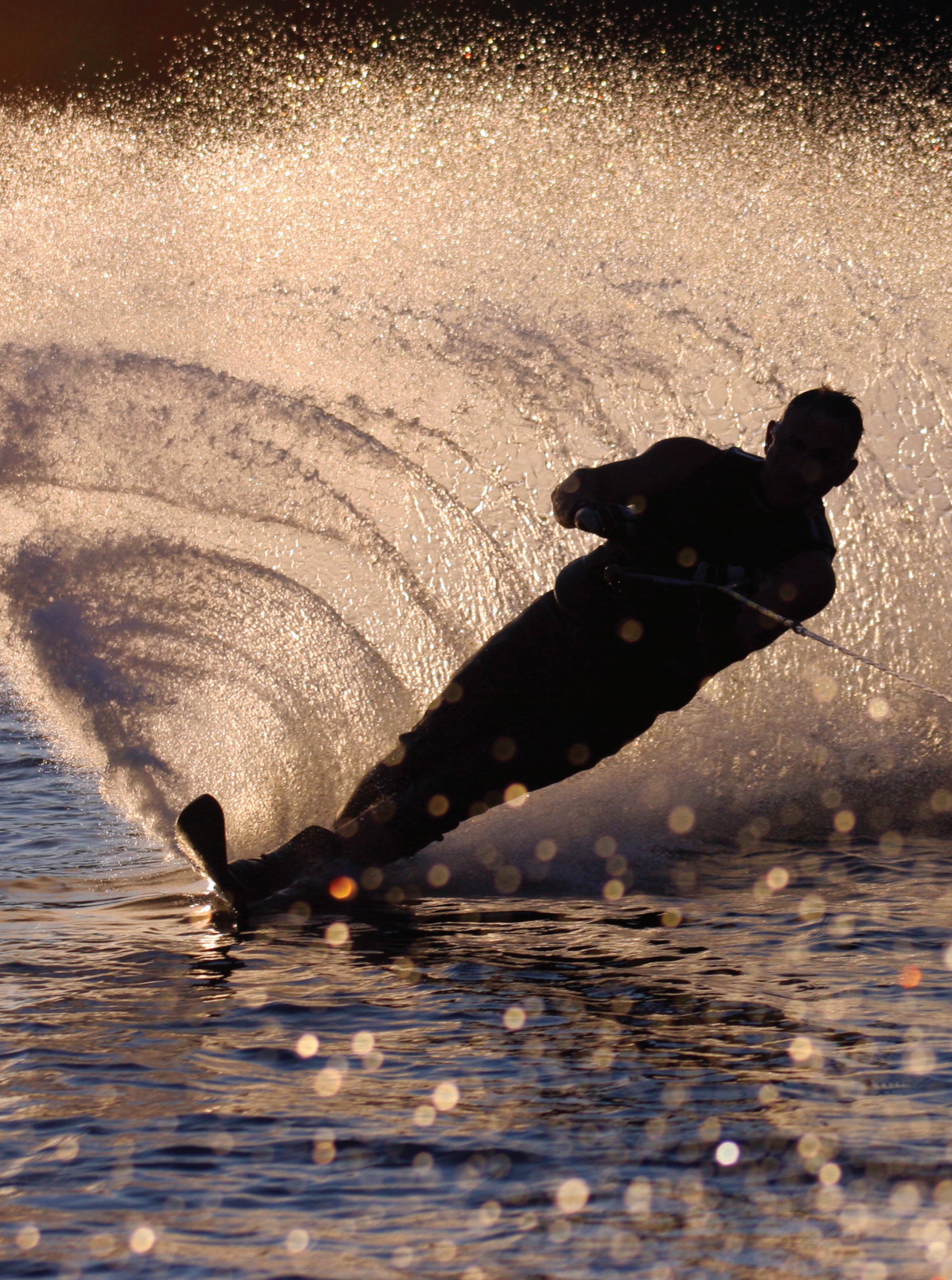
METRO INTELLIGENCER
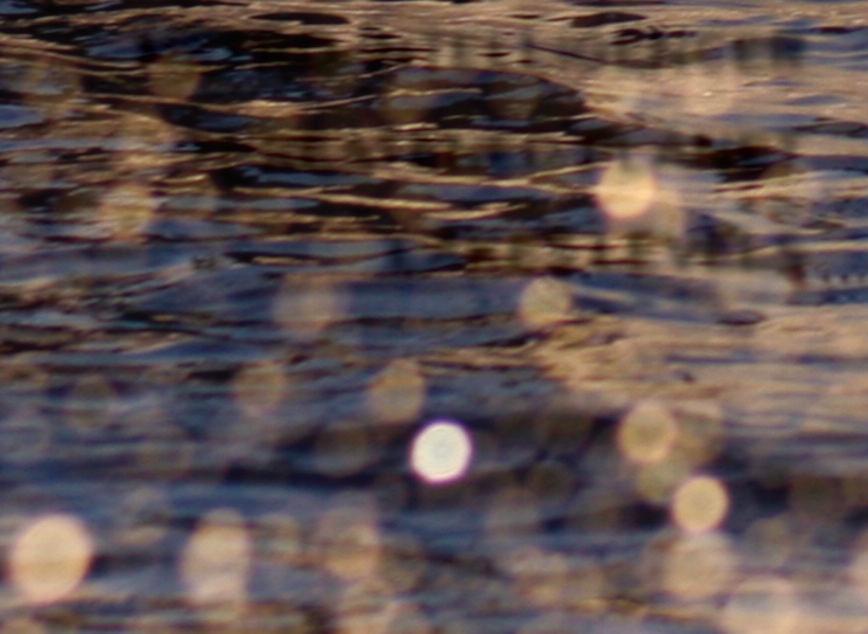
THREATENED PLANET LAKES LEVELS




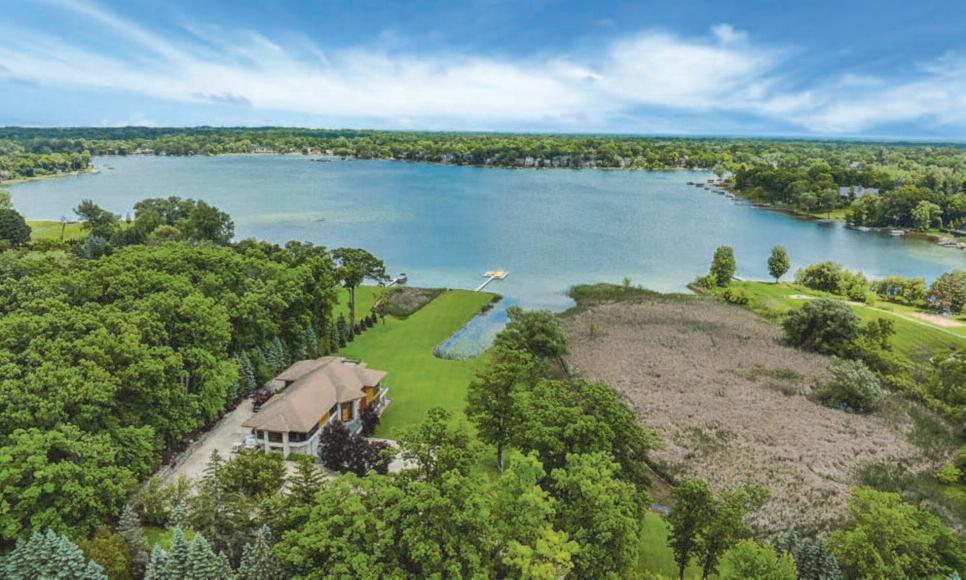


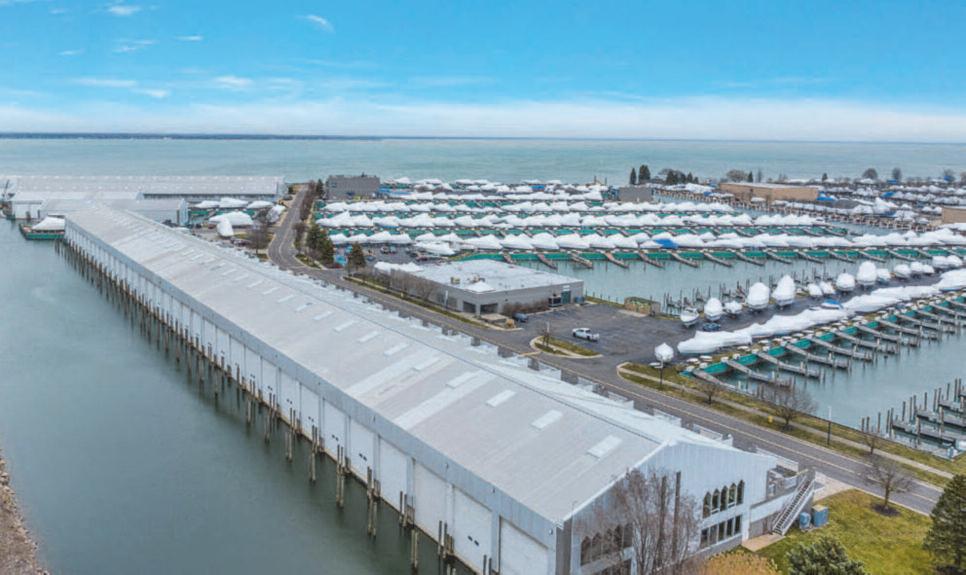
MICHIGAN’S #1 REALTOR® | 14 CONSECUTIVE YEARS | 4TH GENERATION LEGACY 275 S. OLD WOODWARD AVE. BIRMINGHAM, MI 48009 248.318.4504 kathy@maxbroockhomes.com CALL KATHY BROOCK OFFICIAL REALTOR OF THE DETROIT LIONS RADIO NETWORK 3549 Wards Point Drive Orchard Lake Village $1,399,000 CASS LAKE 65 Sea Ray Boulevard Harrison Township $699,000 MACRAY HARBOR 2940 Orchard Place Orchard Lake Village $3,499,000 ORCHARD LAKE 5295 Middlebelt Road West Bloomfield Township 5,990,000 WALNUT LAKE


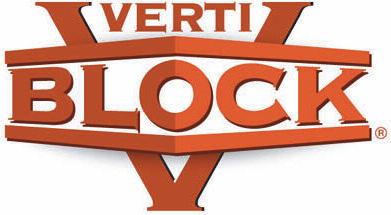
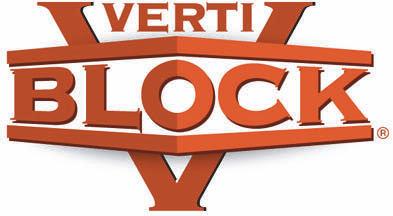


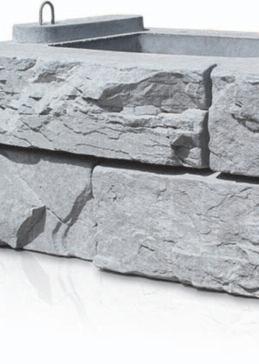



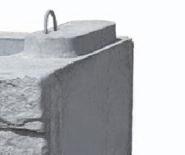



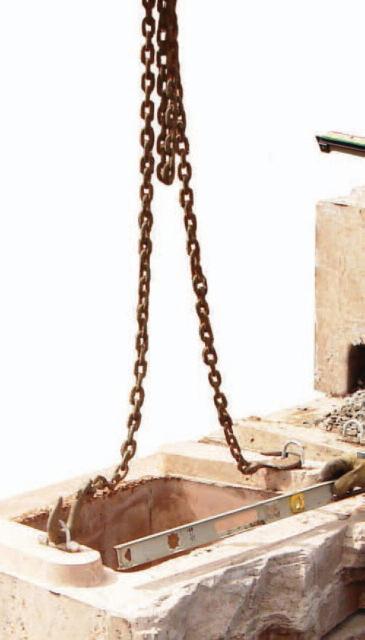
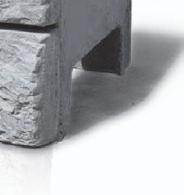
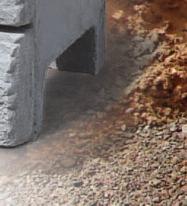
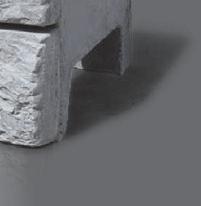
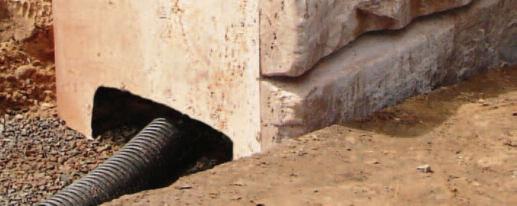










lakemagazine.media LAKE magazine 1 SEAWALL Lobdell Lake • Linden, MI CA CORNERSTONE 1331 W. Hill Road Flint, MI 48507 www.cacornerstone.com SEAWALL Lake Lapeer • Lapeer, MI (810) 820-0433 (810) 630-2201 Retaining Walls • Sea Walls • Steps Unique in size, shape and flexibility of use, VertiBlock is an ideal solution for residential and commercial projects alike. Perforated drain pipe Fill hollow core w/ crushed stone Interlockingsheerlugs Verti-Block interlocks with a unique male-and-female design for unmatched strength with more flexibility for landscape applications. We’re Building a Better Wall 48507 w
From the Publisher
Publisher David Hohendorf writes about the recent editorial awards the team at LAKE magazine won in competition, along with an invitation to submit lake photos to the magazine
09
Oakland County aquifers
When water infiltrates the ground, it can either be held in the surface soil and used by plants, evaporate, or trickle down into the earth through mineral deposits until it reaches a layer of impervious rock or clay that it cannot travel through – the saturated zone This subterranean water reserve is known as groundwater or aquifers, an estimated one third of which replenishes the country ’ s surface waters
20
View from above
An aerial view of Lake Angelus in the City of Lake Angelus
23
Cooperative Lake Monitoring Program
Michigan has implemented various conservation initiatives, including the Michigan Clean Water Corps’ Cooperative Lake Monitoring Program The testing system, organized by the Michigan Department of Environment, Great Lakes and Michigan Department of Environment, Great Lakes and Energy, dates back to 1974.
31
Deepest lakes in county
We profile the 10 deepest lakes in Oakland County, including how most got their names
33
Threatened Planet
Short notes on what ’ s happening on the warming planet front here and around the world 34
Metro Intelligencer
News and gossip from the dining world in the metro Detroit area
The latest lake
the office of the Oakland County
E D I TO R I A L 0 7 . 2 4 A D V E R T I S E R S ACTION WATER SPORTS COVER AERIAL GRAPHICS .................................19, 29 AMERICAN MARINE SHORE CONTROL ........15 ARCHADECK OUTDOOR LIVING ...................3 ARROWHEAD HARDSCAPES .........................29 AQUA WEED CONTROL ..............................17 AUTHENTIC KITCHEN & BATH .......................5 DECKS N’ DOCKS .........................................7 FUEL TANK ..................................................13 GREENSHIELD DECK BUILDERS 25 MICHIGAN FOLDING DOORS .....................22 MICHIGAN SOLAR SOLUTIONS ...................17 NATIVE LAKESCAPES 19 NATURAL COMMUNITY SERVICES ................15 PALM BEACH PATIO .......................................7 PEDAL BOAT PUB 13 PH HOMES ..................................................27 PROGRESSIVE COMPANIES ..........................27 SELECT DOCK 3 SCOTT AERATOR .........................................27 THE BOAT GUARD .......................................17 VERTI-BLOCK .................................................1 WHELAN CONSTRUCTION ............................8 R E A L E S TAT E KW SHOWCASE – STEVE/JANET STOCKTON 38,39 MAX BROOCK – KATHY BROOCK .........COVER REMAX CLASSIC – SUE MCFARLAND ............40 REMAX NEW TREND – MICHAEL HERMIZ COVER 04
36
Lake levels
levels
Water Resources
as measured by
Commissioner




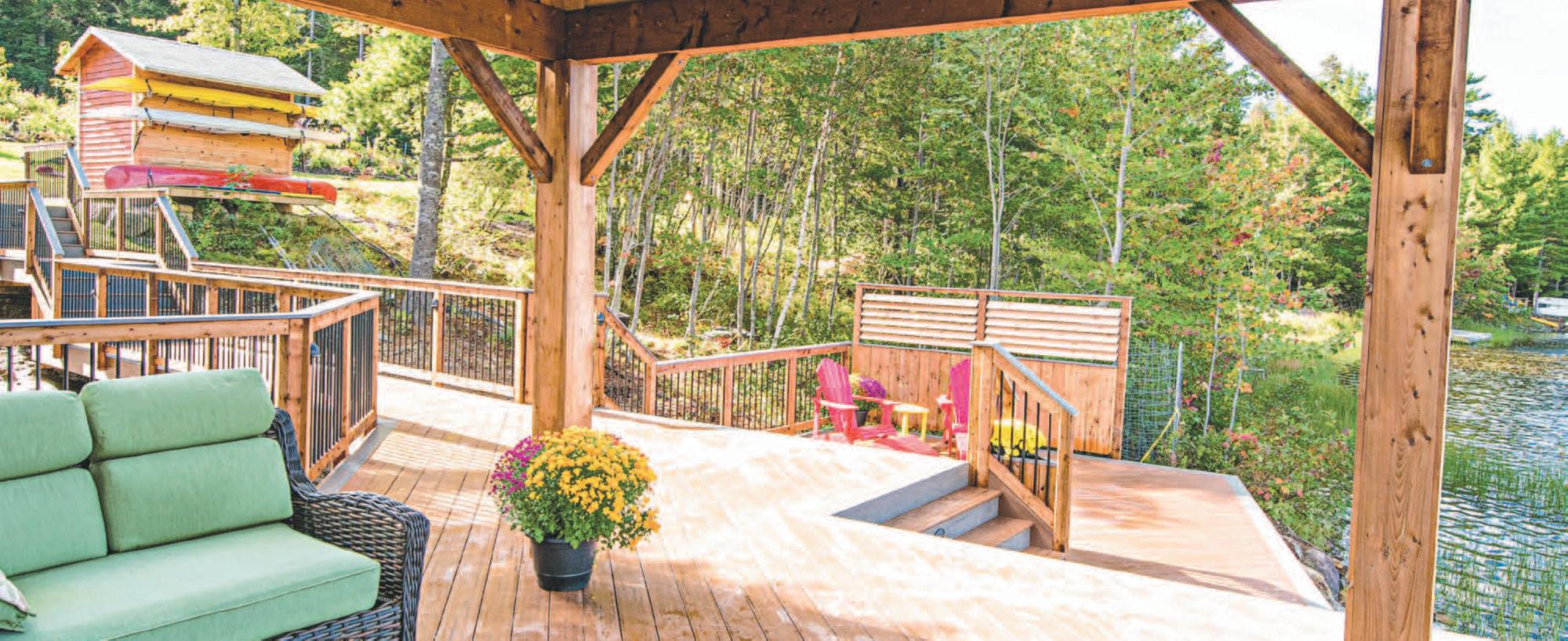

lakemagazine.media LAKE magazine 3 Archadeck.com/southeast-michigan 248-665-8776 Complimentary Design Consultation DECKS • PATIOS • SCREENED & OPEN PORCHES • SUNROOMS • SHADE STRUCTURES Proud Partner of LIC# 262100044 EXPERIENCE THE ARCHADECK DIFFERENCE Build Your Dream Outdoor Space
Not of ten do we have an oppor tunity to discuss what we do here at Downtown Publications so I am taking time this month to highlight that the team that labors to bring you both at LAKE magazine and our monthly publication in the Bir mingham/Bloomfield area, Downtown Newsmagazine has been recognized for its work in a competition sponsored by the Detroit chapter of the Professional Jour nalists Association

The editorial team at Downtown Newsmagazine took six awards at the annual competition for work in 2023
Cover Design: Chris Grammer, graphics and IT manager, took both the first and second place in this categor y First place was for his May cover illustrating the topic of school safety, about which judges said the following: “Gun shot holes (as if through glass) was ver y power ful and appropriate for the subject ” His second place design award was for the September cover relative to lead par ticulate matter fallout from local airpor ts owned and managed by Oakland County
Education Repor ting: News editor Lisa Brody took first place for her May stor y on school safety Judges said the following: “An in-depth repor ting of the reality of gun violence in schools and what districts are doing ”
Environment Repor ting: Stay Gittleman took first place for her September longfor m on lead par ticulate matter fallout impacting local air quality from leadedgas small airplanes at the three local airpor ts in Oakland County Judges had this to say about her work: “An extremely comprehensive, thoroughly researched look at an impor tant issue ”
Feature Repor ting: Stacy Gittleman took third place in this categor y for her April longfor m piece on the gangs operating in Oakland County
General Column Writing: I took first place for commentar y on the legislative push to expand the ElliottLarsen Act protecting the LGBTQ+ community and columns on financial disclosure by state lawmakers and voting access in Michigan Judges offered the following comment: “An interesting political column that puts Michigan’s present in the context of its past ”
We take pride in being recognized by peer group professionals – it tells us we are punching well above our weight class, as the expression goes But the most impor tant affir mation we get on a regular basis is the feedback received from local residents who respond to what we have produced
Our selection of these topics is a direct result of the fact that we are avid readers and are able in many cases to anticipate impor tant issues on an inter national and national basis in advance of them ar riving on the home front in the local communities Our longfor m stor ytelling involves considerable research and then collaboration with qualified sources throughout the state and nation
We are especially excited to be bringing our editorial commitment to the lakefront residents in LAKE magazine
Lake photo invitation: We are seeking possible photos to use for the front cover of LAKE magazine Having lived for decades on three lakes in Oakland County, I know first hand that many of you probably capture with photos some memorable images of your water way It might be the per fect sunrise or sunset, a group of swans crossing in front of your shoreline, that lone Great Blue Heron which retur ns each year to roost at the end of your dock or the hotair balloon that appears above your lake So we are reaching out to invite lakefront resident to send us their best shot Your photo must be high resolution (at least 300 dpi) and large in size Send a pdf of your best shot as an email attachment to: LAKEphotos@downtownpublications com
Include in the body of your email your name, the lake on which you reside and your local community It would also be interesting for our readers if you can include a few words about your best shot Also, tell us whether you shot the photo with a cell phone (brand) or a traditional camera (brand) We will tr y this for a couple of months and let you know how this is going If your photo is chosen, we will send you a check for $100
David Hohendor f Publisher DavidHohendor f@DowntownPublications
com
F R O M T H E P U B L I S H E R
4 LAKE magazine 07.24


Your Path to SimPlY Beautiful living We’re a custom cabinetr y s howro om and des i gn stud io here to transform t he way you l ive. Give us a cal l to day to schedule your consultat ion . 3365 W. HIGHLAND RD, MILFORD, MICHIGAN 48380 | (248) 529-3001 | AKDTEAM.COM
a MeMber of dowNtowN PubliCatioNs
Publisher David Hohendorf
News editor Lisa Brody
News staff/CoNtributors
Hillary Brody Anchill | Dana Casadei | Tracy Donohue | Kevin Elliott | Stacy Gittleman | Austen Hohendorf Grace Lovins | Jeanine Matlow | Gigi Nichols | Susan Peck | Carla Schwartz | Mark H. Stowers
advertisiNg direCtor David Hohendorf
advertisiNg sales Pat Collins
graPhiCs/it MaNager Chris Grammer
offiCe 970 E Maple Road / Ste 3, Birmingham MI 48009 248 792 6464
MailiNg PO Box 1630 Birmingham MI 48012-1630
doWNtoWN PUBLIcAtIoNS GoALS/MISSIoN
The personnel at Downtown Publications bring a special commitment to the publishing effort Our mission dictates that we strive to provide a solid news and advertising product that local residents look forward to reading. Our goal is to build a community of informed citizens through the efforts of our passionate team We are innovators producing products that go well beyond what others offer
dIStrIBUtIoN/SUBScrIPtIoNS
LAKE magazine is mailed monthly at no charge to over 17,000 lakefront homes in Oakland County
For those not receiving a free mail copy, paid subscriptions are available To secure a paid subscription, go to our website (lakemagazine media) and click on “subscriptions” in the top index and place your order or scan the QR Code here

INcoMING/rEAdEr FEEdBAcK
We welcome feedback on both our publication and general issues of concer n Opinions can be sent via e-mail to news@downtownpublications com or mailed to Downtown Publications, PO Box 1630 Birmingham MI 48012-1630 If you are using the mail option, you must include a phone number for verification purposes.

MULtIPLE AWArd-WINNEr FroM SocIEty oF ProFESSIoNAL JoUrNALIStS thrEAtENEd PLANEt threatenedplanet com MEtro INtELLIGENcEr metrointelligencer com LAKE MAGAZINE lakemagazine media



lakemagazine.media LAKE magazine 7 Make Sum m e r Fun - Take Life Out do o rs ! Palm Beach Outdoor Furniture | 7350 Highland (M59) | Waterford, MI 48327 248-666-2880 | Patiobeachpatio.com







Custom homes. For a life lived well. Custom doesn’t just reflec t your tastes, it considers your way of living. We build and renovate homes around your way of living. Our custom home builds go beyond just choosing finishes and towards enhancing the way you live ever y day. 620 N. M ilford Road | M ilford, MI 48381 248-684-4649 | mjwhelan.com DESIGN/BUILD CUSTOM HOMES RENOVATIONS AFTER BEFORE
AQUIFERS


THE INTERRELATED IMPACT ON BOTH GROUND AND SURFACE WATERS
BY STACY GITTLEMAN


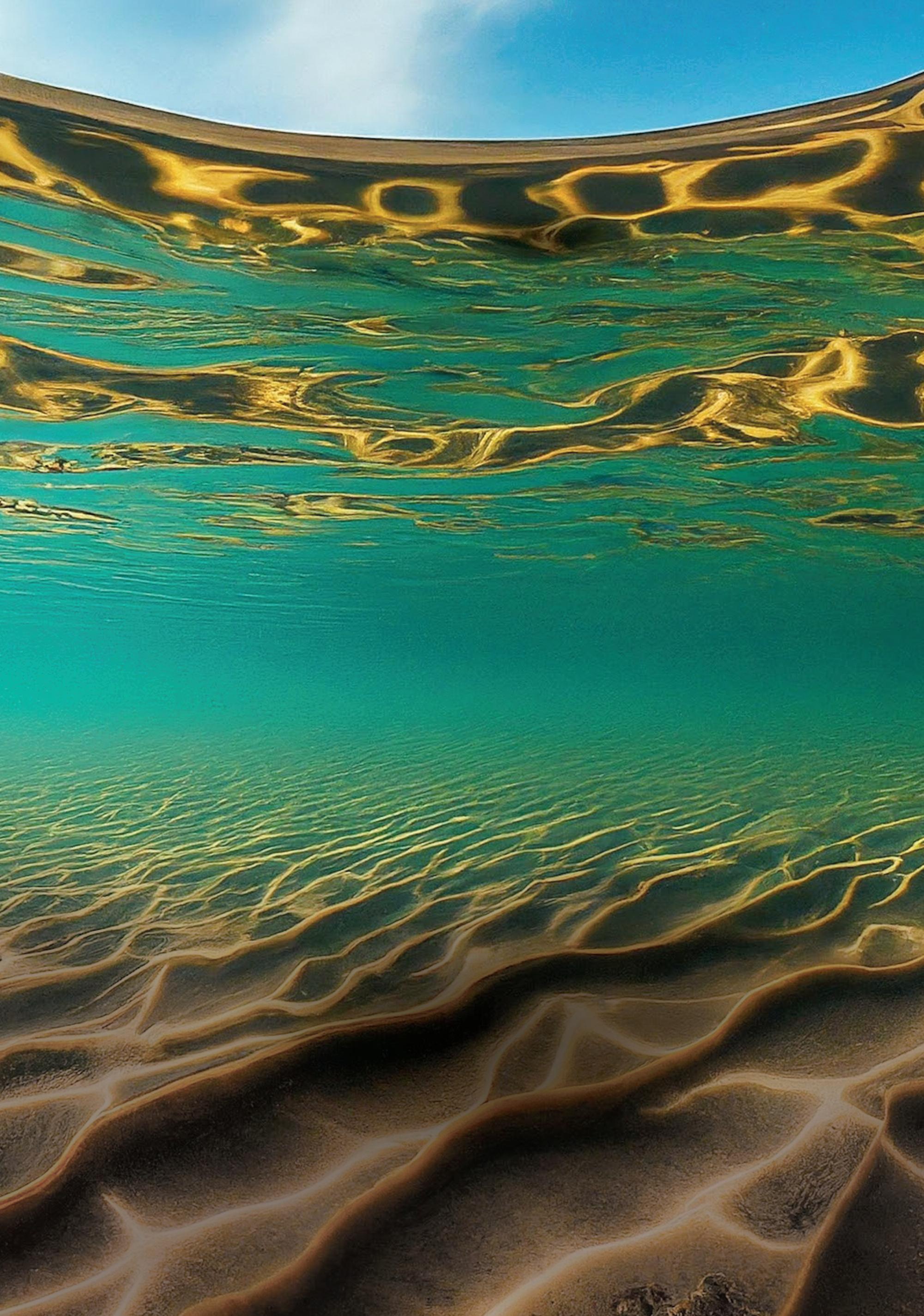
p is the simplest way to understand aquifers. When water infiltrates the ground, it can either be held in the sur face soil and used by plants, evaporate, or trickle down into the ear th through mineral deposits until it reaches a layer of imper vious rock or clay that it cannot travel through – the saturated zone. This subter ranean water reser ve is known as groundwater in an aquifer, an estimated one third of which replenishes the countr y ’s sur face waters.


The U S Geological Sur vey (USGS), the nation’s key provider of mapping out of the nation’s geology and hydrology, describes aquifers as spongy, porous rock for mations that store and transmit water through connected pores Impor tant for recharge, aquifers can feed hundreds of groundwater wells and streams
THERE ARE TWO MAIN
classifications of aquifers Bedrock till aquifers are made up of different rock types and are covered by till, a residual glacial mix of rocks, sand, silt and clay A bedrock aquifer can yield as much as ten gallons of water per minute – enough for a small business or single-family home The major water transpor t in bedrock till aquifers occurs in the fractures and faults of the underlying bedrock
In Michigan, communities with public water supplies in bedrock aquifers include the cities of Lansing, Jackson, the campus of Michigan State University, Marshall, Vassar and Nahma Township All are supplied by water coming from around 75,395 wells and have a capacity of 55 million gallons daily (mgd) In these areas of the state, the water flow rate can be as slow as eight to 10 gallons per minute In contrast, a typical moder n three-bedroom home requires 15-20 gallons per minute for great water pressure in the shower or for washing machines and dishwashers to operate properly
A glacial aquifer, also called a stratified drif t aquifer, is comprised of layered deposits of sand, gravel, silt and clay for med thousands of years ago by the receding glaciers Glacial aquifers can provide millions of gallons of water daily wherever deep saturated deposits of porous sand and gravel are found Glacial aquifers supply water through a public well system to cities and municipalities including Kalamazoo, Adrian, Cadillac, Claire, Hillsdale, Fenton and Kinross, coming from 207,407 wells and can produce around 61 5 million gallons daily (mgd)
For aquifers to remain productive, they must receive percolated water from rainfall or snowmelt This is known as groundwater recharge
Groundwater recharge is estimated by the USGS in inches per year According to USGS studies dating to 1996, aquifers in southeast Michigan recharge on average between 2 1 and four inches per year But there are some aquifers in the wester n par t of the state that have been severely over-pumped There, a hard layer of clay is preventing precipitation from rainwater and snow melt from reaching and replenishing the aquifer
According to the USGS, groundwater supplies 38 percent of the drinking water in the United States and half of the global drinking water supply Seventy percent of groundwater is used for agriculture The USGS estimates groundwater replenishes 30 percent of the
nation’s sur face water flow The volume of naturally cool groundwater that flows into a river or stream, called the baseflow, regulates ideal sur face water temperatures in Michigan’s rivers to maintain fish populations The cooler the water, the more oxygenated the stream to suppor t aquatic life like trout, the state’s most prized gaming fish
In addition to drawing water for our homes and far ms, the naturally cool temperatures of groundwater also maintains the proper temperature of data centers that power the inter net and propel for ward industries such as energy, mining and manufacturing
In March 2024, the Michigan environmental organization For the Love of Water (FLOW) released its annual Michigan groundwater repor t and raised the alar m about our dependency on groundwater and how it is r unning dr y in some regions of the nation According to the repor t, 53 percent of the nation’s aquifers are losing water at significant rates This can par ticularly be seen in the nation’s largest aquifer, the Ogallala, which stretches from the Dakotas to Texas and hydrates seven states
Approximately 45 percent of Michigan’s population utilizes groundwater in their homes through public community systems and individual private wells Almost 100 percent of r ural and 17 percent of urban Michiganders rely on groundwater
“Most of our streams in Michigan are fed by groundwater,” said Alan Steinman, the Allen and Helen Hunting research professor at the Annis Water Resources Institute at Grand Valley State University “If you take away all the rain, in the middle of the summer, whatever baseflow you have under those dr y conditions comes from groundwater ”
Just how much groundwater remains under our feet is a guessing game It is hard to quantif y because it lies deep out of sight Some exper ts say that just as in any solid business plan, there needs to be consistent data about aquifers and groundwater to understand how much of a product there is and how much will be needed over time
STEINMAN SAID TO UNDERSTAND the underground aquifer composition, many may think of science fiction movies like Jour ney to the Center to the Ear th, where explorers in raf ts traversed vast underground rivers and caver nous lakes But that’s not the case
Steinman said it’s best to visualize Michigan’s Lower Peninsula aquifers as a set of big, asymmetric nesting bowls The bowls – thicker and deeper in the middle of the state and thinning out at the rims near the Great Lakes and the Detroit River – are made of two geologic
10 LAKE magazine 07.24
media of bedrock or glacial deposits which are thick at the center and thin out towards their rims
Steinman explained that the center of this system rests in Ingham County This glacial aquifer is 125 feet deep and fed by the ancient receding glaciers of the last Ice Age As you get to the edges of the state, the bowl thins out And the thinner and sandier the layer of that glacial aquifer becomes, the more water it yields
“If you are tr ying to pump water from among grains of sand, the par ticles are large so you can quickly yield a lot of water with a pump, ” Steinman explained “But if you are tr ying to get that water out of crevices of bedrock, it’s going to be a lot more difficult ”
BELOW THE GLACIAL AQUIFER
is the Marshall For mation aquifer made of bedrock which rests beneath Ottawa and Oakland counties The lowest bowl, centered around Midland, is comprised of porous sandstone and is the most productive bedrock aquifer in Michigan It sits under much of the state’s lower peninsula It has been developed for water supply by municipalities and industr y in several areas, especially in the souther n por tion for agriculture Here, the thin layers of glacial sediment make for easy drilling and water pumping
The most acute example of an aquifer r unning dr y in Michigan is in Ottawa County
The waters of this aquifer, which supplies communities of Ottawa County like Grand Rapids, have been declining for 30 years and is becoming infiltrated with salty deposits from the remnants of an ancient sea
“If you are putting a lot of demand on this aquifer with a lot of wells, that glacial aquifer is not going to recharge fast enough to meet the demand,” Steinman said “ Therefore, you must star t digging wells that are deeper and penetrating that bedrock for mation ”
Below the Marshall For mation lies the dried-up remnants of an ancient saltwater ocean It’s why Michigan is blessed with the largest reser ves of rock salt in the countr y to treat our winter roads The curse – drill too deeply for water, and those chloride cr ystals are in danger of adding salt to the fresh groundwater
“If you are a big municipal water supplier to residents, there are ways, however expensive, to filter out that salinization,” Steinman said “But if you are a far mer using that water for your crops, if the chloride is high enough, you are going to bur n out your crops, especially tender crops like the cor n, soy and blueber ries we grow in this county So a new problem is emerging as a double whammy One is the quantity of the water supply – and the second is the water quality ”
Another area that needs more research is understanding how groundwater interacts with sur face waters
Professor Anthony Kendall is the director of MSU’s
Hydrogeology Lab Its researchers work to understand how human activity impacts the water cycle and includes examining in-state aquifers critical to human and ecological health Lab researchers recently examined the headwaters of the Au Sable and Manistee River basins in central Michigan to understand temperature, stream flow and groundwater recharge rates by creating a detailed network of stream gaging Researchers hope that the data will ser ve as a model throughout the state for land use and fisher y management
Kendall said the interaction between ground and sur face waters needs more attention and research Though groundwater is out of sight, Kendall said all water sources are connected “ Think of the sur face waters we see in our lakes, rivers and streams as a direct expression of what is going on in our aquifers,” Kendall explained “If the Great Lakes waters are high, the same can be said for the levels of our aquifers Naturally cool groundwater flows into most of Michigan’s lakes and rivers Most of the lakes that are populated by residential communities have set legal limits on lake levels These are controlled and managed by an appointed drain commissioner who may not have exper t technical training on lake level management ”
KENDALL SAID MICHIGAN is experiencing new, strange weather patter ns because of climate change There is less snow and this snow melts more rapidly than in previous decades There are also wetter springs and drier summers with less frequent yet more intense rainfall patter ns
“ What worked in the past in ter ms of lake level management is not going to work in the future,” Kendall said “My lab is attempting to create the ability to stay on top of these changing conditions We need to combine more accurate mapping with data to create a picture of the entire landscape Ideally, we need more water gauging measurements to take place ever y month Overall, our groundwater systems have been undermonitored and therefore poorly understood ”
Kendall emphasized that one way to protect groundwater can be as simple as properly maintaining one ’ s septic system This has become a big focus of his work Woefully, Kendall said that Michigan is the last state in the nation to create regulations on septic tank systems For example, only 11 counties in Michigan require inspecting a septic system as par t of a home sale
“Most of our lake communities are on septic systems,” Kendall said “ When we design these systems, they are meant to remove pathogens and kill bad vir uses and
lakemagazine.media LAKE magazine 11
other microbes But they only remove about 30 percent of the phosphor us from the environment and the rest of it leaches out into our groundwater which feeds into our lakes So, we are putting waste into the beautiful lakes we all enjoy ”
WITH THAT SAID, he understands the exorbitant cost of replacing a septic with a sewer line, which can r un into the tens of thousands of dollars “I’m not saying it’s an easy solution, but lakeside communities must put a bigger focus on properly maintained septic systems That means getting it thoroughly pumped out annually or ever y three years, depending on the size of your household ”
Other things one can do to maintain a healthy lake, Kendall instr ucted, are to manage grass cuttings from floating into the lake, reduce or eliminate lawn fer tilizers, and plant vegetative buffers between one ’ s land and the lakeshore
“ We have known for a long time that there is too much phosphor us getting into our lakes One of the major victories of the Clean Water Act was that it forced wastewater treatment facilities to modif y their operations to remove nitrogen and phosphor us from the water Beginning in the 1980s, this reduced har mful algal blooms in the Great Lakes and the Saginaw Bay,” Kendall said
For nearly 25 years, researchers, geologists and state environmental officials have urged state gover nment officials to pay more attention to protecting our aquifers – what some refer to as the sixth Great Lake
Some geologists inter viewed say that Michigan has the most private and municipal wells in the countr y while also having the poorest documentation of where those wells are in ter ms of underground geologic for mations, their output capacity and their proximity to potential pollutants
They declare this lack of data hampers all sor ts of effor ts: from projecting just how much underground water reser ves there are to suppor t dependent populations decades into the future to understanding groundwater flow rates around aggregate mining sites
In 2000, the state, in collaboration with the USGS, created an interactive digital mapping system of the state’s existing wells called Wellogic New and existing homeowners can call their address, municipality or county to locate the nearest drilled well and its status to estimate the availability of groundwater to drill a new well But while water well contractors may have been submitting infor mation digitally since 2000, exper ts say the data retroactively entered is a piecemeal of paper maps created decades ago that have been stored away in dusty filing cabinets of individual municipalities
Officials at the Michigan Depar tment of the Environment, Great Lakes and Energy (EGLE) will install a well water gauge in areas where contaminants are suspected
However, researchers are critical of this reactive and not proactive approach They claim that the state lacks gauges and data collection points in unremarkable areas to understand how groundwater levels fluctuate over time A lack of consistency has led to groundwater systems being poorly understood and managed compared to the study of sur face water systems
In August 2003, the state legislature enacted Public Act (PA)148, which required Michigan to create and maintain a groundwater map and did so with a collaborative project between the Institute of Water Resources (IWR) at Michigan State University (MSU) and state environmental regulators The state viewed this as the most efficient way to inventor y the quality and the conditions of the subter ranean waters and solve future groundwater disputes and conflicts that may lie ahead
Since 2005, the state has also managed a database of aquifer maps using the Geographic Infor mation System (GIS) developed to express the uncer tainty or statistical significance of the data The data was intended to display seasonal and long-ter m variability in groundwater levels
The first law protecting the over-pumping of aquifers in Michigan went into effect with the 2008 passage of the Great Lakes Water Compact, according to Nicholas Schroeck, associate professor of law at the University of Detroit – Mercy This marked the creation of Michigan’s Water Withdrawal Assessment Program, which was designed to prevent severe damage to lakes and streams because of siphoning off of large amounts of water from sur face and groundwater sources
ACCORDING TO EGLE, the Water Withdrawal Assessment Program is intended for use before installing a new or increased large quantity withdrawal to deter mine the potential impact on nearby water resources
Use of the Water Withdrawal Assessment Tool is required before installation of any new or increased large quantity withdrawal
In accordance with Par t 327 of the state’s Natural Resources Environmental Protection Act, a new or increased large quantity withdrawal over 100,000 gallons per day up to two million gallons per day must be authorized by the state with an annual $200 per mit Ver y large withdrawals of two million gallons per day, if per mitted, are subject to a per mit application fee of $2,000
“Before this was codified into state law, there was not a lot of regulation for groundwater pumping in the state
12 LAKE magazine 07.24




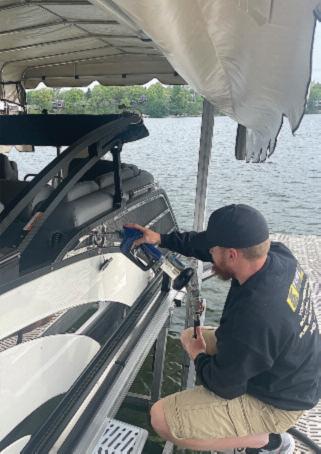





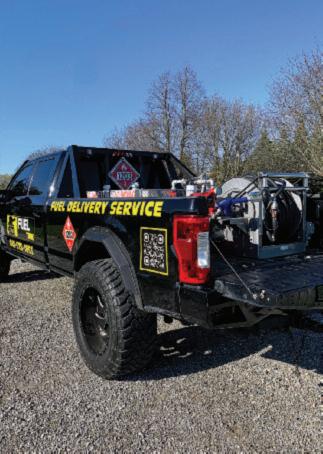

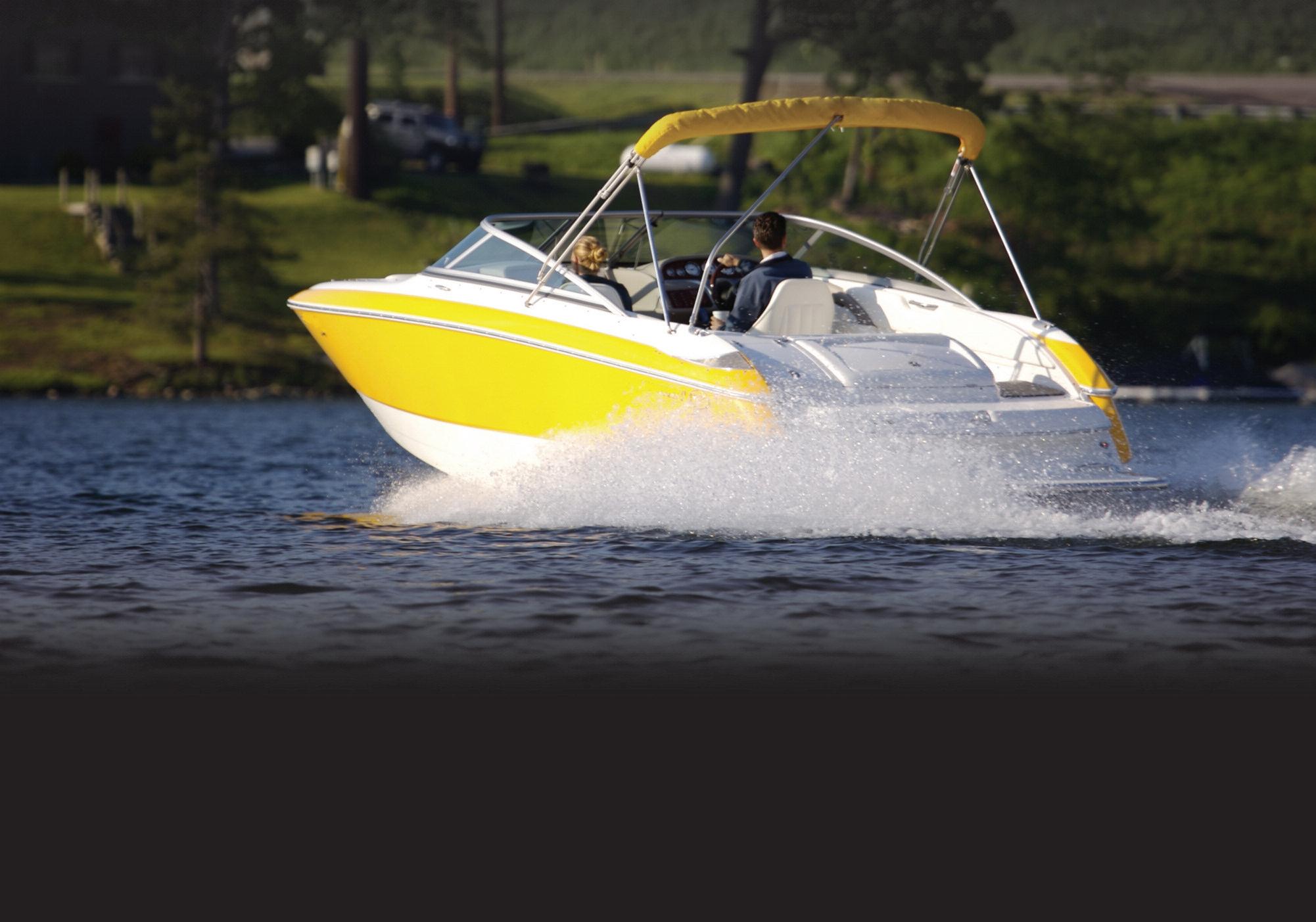





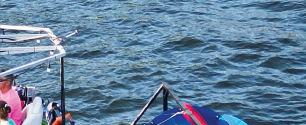

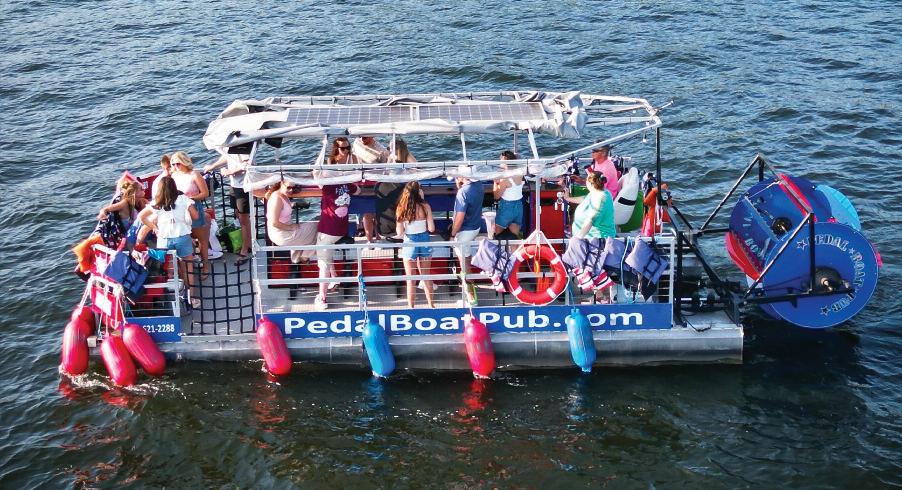






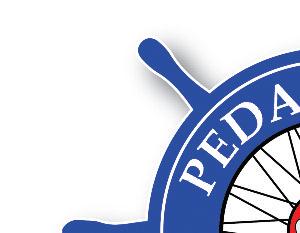














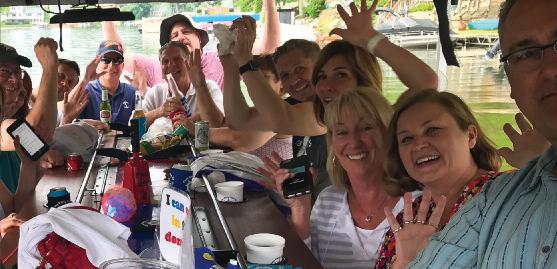




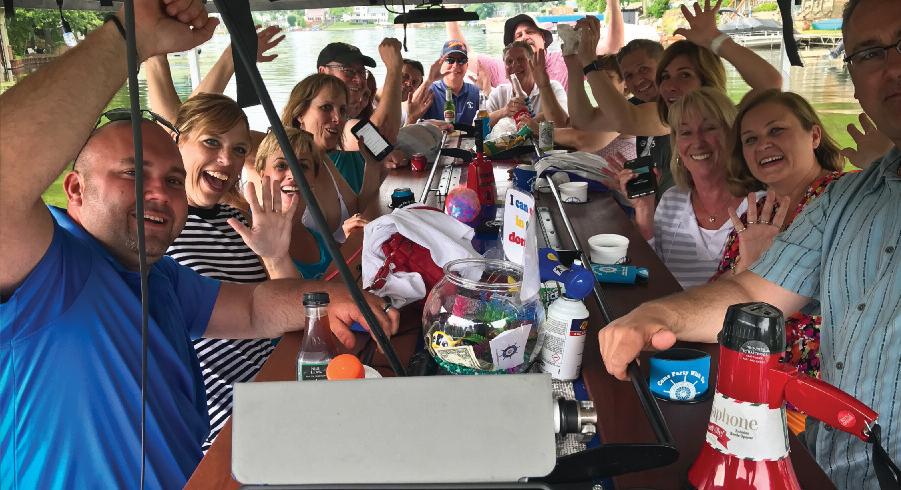









lakemagazine.media LAKE magazine 13 BYOB and Food, Crank the Tunes, Sing Karaoke and Cycle Beautiful Lake Orion! Get together with Family, Friends, or Co-Workers and Engage in an Incredibly Fun, Interactive Experience! Celebrate on the Pedal Boat Pub! PERFECT FOR: Birthdays • Bachelorette/Bachelor Corporate Team Building Girls/Guys Night Out • Date Night Anniversaries • Wedding Parties Company events and more COME PARTY WITH US! For more information go to PedalBoatPub.com or call us at (248) 621-2288 our on one of our BYOB Cruises. Multiple Cruises Daily! Afternoons and Evenings.
of Michigan,” explained Schroeck. “Typically, the way property law works, if you own a piece of property in the state, the groundwater that flows below is part of your ownership. That’s the common law rule, and we’ve been practicing this since we were under the rule of the British.”
He continued: “That was the first real permitting or licensing that we had for groundwater withdrawals in Michigan. Here, agriculture is one of the biggest users of groundwater in the state. But before 2008, we didn’t have great data on how much groundwater (for agriculture) was being used.”
Schroeck said that EGLE grants permits for the majority of the applicants, be they farmers or businesses, unless they are applying to withdraw groundwater from an aquifer where there are known stressors.
“There are some limitations on groundwater pumping in the western part of the state towards Grand Rapids, and there has also been stress put on aquifers primarily from agricultural use,” Shoreck said.
When we think of water depletion of aquifers, the parched Southwest or the Great Plains come to mind. An area of seven states stretching from the Dakotas and Wyoming down to Texas is hydrated by the shrinking Ogallala Aquifer. According to Scientific American, the Ogallala Aquifer is being depleted at an annual volume equivalent to 18 Colorado Rivers.
Ottawa County, a fast-growing region along the shores of Lake Michigan, is at risk of its aquifer running dry in the coming decades.
According to the U.S. Census, the population in the county from 1960-2040 is expected to quadruple. Ottawa County commissioned Michigan State University in 2012 to investigate groundwater issues raised by locals, well drillers and farmers.
The main reason for the aquifer’s depletion is a geologic one. As Steinman at the Annis Water Resources Institute at Grand Valley State Universitypreviously explained, part of the geologic makeup of Ottawa County is a thick layer of glacial clay which drastically slows rainwater or snowmelt from replenishing the aquifer.
organizations who gave caution about the critical but understudied and underfunded nature of groundwater as a natural resource.
With a focus on the plight of Ottawa County, the study stated that over the last 40 years, because of continued groundwater withdrawals from the Marshall Aquifer, water levels in Ottawa County dropped more than 13 meters, with an additional six-meter drop likely within the next 15 years if withdrawal rates continue at the current rate.
In those areas where freshwater recharge can infiltrate the bedrock aquifer system, subsurface drainage systems, draining excess water away from agricultural areas and into drainage ditches, may limit the aquifer recharge.
THE STUDY RECOMMENDS
an enhancement of the capture and reuse of water runoff to divert it back into the aquifer, updating drainage systems and updating statewide maps of groundwater recharge potential.
In comparison, the waters of Oakland County’s aquifers are plentiful but not without peril.
In the early 2000s, Oakland County commissioned the USGS to conduct a mapping survey of the geological conditions of the county’s underwater reserves. The study examined how land cover changes between 19702003 impacted the county’s topography and stream flow. In 1972, about 850,000 people lived in Oakland County and used about 100 million gallons of water per day. In 2000, about 1.2 million people lived in Oakland County and used 168 million gallons of water per day. About 75 percent of that water was supplied from the Great Lakes by the Detroit Water and Sewerage Department (DWSD), now renamed the Great Lakes Water Authority (GLWA).
STEINMAN
SERVED ON THE EXECUTIVE committee for the 2019 Ottawa County Groundwater Sustainability Initiative, which mapped out a multi-pronged education, outreach, and conservation plan for the community to teach about possible solutions to conserve and preserve its water supply. Steinman was the lead author of Addressing Groundwater Challenges In Michigan As A Template For The Great Lakes, published in the 2022 Journal of Sustainability. The study was a compilation of research from leading state academics, researchers, and environmental
By 2000, 240,000 Oakland County residents relied on domestic wells which pumped out 21 million gallons daily.Over the next 20 years, the county’s population is expected to grow by an additional 200,000, mainly in the northern and western parts of the county that use groundwater, to the tune of an extra 20 million gallons daily. Municipalities in this area, like Highland Township, White Lake, Waterford, Milford, and other areas in the county, rely on groundwater for their water supply.
When residents pump water from the aquifers, that wastewater is sent not back to the aquifer but to a wastewater treatment plant and then back to our surface waters. While a household using a well and a septic system returns approximately 90 percent of the water pumped from the well back into the ground, residents connected to wastewater treatment plants
14 LAKE magazine 07.24
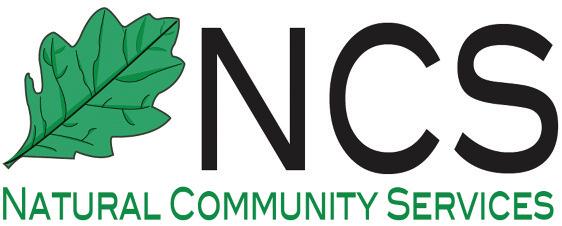
West Bloomfield, MI 48073
248.672.7611 •248.513.1909



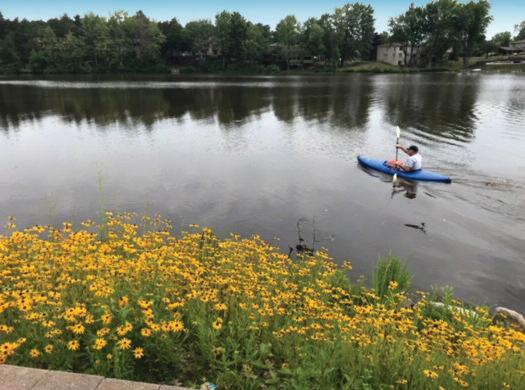

EXPERTS IN SHORELINE EROSION CONTROL
We’re landscape architects & ecologists dedicated to designing beauty & life into clients’ land and water resources. NCS removes invasive shrubs, designs & installs natural shorelines, with showy native plants.




CERTIFIED NATURAL SHORELINE PROS
IMPROVING WOODY INVASIVE SPECIES CONTROL
lakemagazine.media LAKE magazine 15
naturalcommunityservices.com DESIGN YOUR SHORELINE THIS WINTER! 20% OFF WINTER BRUSH CONTROL & NATIVE PLANTING DESIGN
represent a 100 percent loss of water to the aquifer system, said the report.
In 2000, public groundwater suppliers delivered approximately 22.87 million gallons daily to 169,000 residents, and an additional 240,000 residents used private wells.
Despite the population growth, surface and groundwater quantity was not negatively impacted. There were few areas in the county supplied by a mixture of ground and piped-in water, and there were steadily decreasing levels of water in some streams between 1970 and 2003. Compared to a study from 1972, the quality of the water by the early 2000s had improved with decreased levels of nitrogen, phosphorus and sulfate.
Howard Reeves a USGS research hydrologist and the watershed modeling team, explained that with Oakland County’s varying topography, finding the sweet spot for groundwater takes lots of skill.
“All of Oakland County rests on a mantle layer of glacially deposited material, so the productivity of an aquifer to provide drinking water varies widely,” explained Reeves. Reviewing the Oakland County report, Reeves said the glacial mantle between the earth’s surface and the aquifer can range from hundreds of feet to only a few feet.
“Most wells in Oakland County are located on this glacial area which is comprised of sand, silt and clay,” explained Reeves. “The most productive wells are in areas where there is lots of gravel, which allows for more water to be captured. Home buyers building new construction can take for granted that there is access to water. They think it is easily accessible and they can drop a well anywhere and reach water. Though our topography is not like the hard granite of New England, where drillers must work extra hard to access water, drilling for water here does take skill. Fortunately, our state’s drillers know what they are doing.”
REEVES SAID WELLOGIC PROVIDES new and existing homeowners a good understanding of where neighbors found water and how far below they had to drill to reach it. Still, the glacial mantle makes conditions very variable.
“In some instances, you have a neighbor with a 120foot well and they have great quality water flow and quality, and then a few plots down they had to drill down to the top of the bedrock layer and their water may not taste as good,” he noted.
MSU Professor Emeritus David Lusch, one of the foremost experts on aquifers and aquifer mapping in the state, said the 2005 study disproved some misconceptions that aquifers in Oakland County could be running low. With climate change, Michigan is
experiencing wetter springs and summers. Lusch said the real-time online map created by the USGS on wells throughout the state indicated that this spring the 33 wells monitored by the USGS in the county are showing normal or above aquifer levels.
“One might think that with the persistent urbanization of Oakland County over the last 30 years, there would be a noticeable depletion of the aquifers and it would be quite noticeable,” Lusch said. “But the data just doesn’t support that. And when we try to figure out how this can be – that we have more users drawing from the same water resource – we don’t see a declining signal in water levels.”
That is not to say that there will not be supply shortages in the future, Lusch cautioned. As time marches on, Michigan will endure inconsistent rainfall. Extended periods of dry, hot weather will be punctuated with short intense bouts of heavy rainfall. And like a dry sponge, arid ground cannot quickly soak up these downfalls and direct water back to the aquifers. This is especially true with Oakland County’s heavy clay soils and the fact that urbanization has covered up much of the land with impervious surfaces, said Lusch.
LUSCH CONTINUED: “When our heavy soil and mostly impervious urban infrastructure encounters these heavy rain events, the soil just cannot absorb all that water. Our urban infrastructure blocks the water from taking its natural path, which is sinking back into the aquifers through layers of the earth. So even though we may be seeing more rain, instead of generating aquifer recharge, we end up with local flooding. If you have forested land or open green spaces, it sends the water back into the aquifers.”
Lusch said he would recommend the state legislature pay closer attention to aquifers and put more money in the budget to pay for further data collection and monitoring by the USGS. “That’s another part of the ignorance factor in not appropriately providing funding for that because the USGS doesn’t do this out of the goodness of their hearts, either. They have to have a cooperative financial arrangement with the state of Michigan.”
Lusch said the cost of a comprehensive study, such as the kind that Oakland County commissioned the USGS to do back in 2005, costs between $30-40,000.
“The USGS created the (2005) study at the invitation of Oakland County,” mused Lusch. “They do not do these studies out of the goodness of their hearts, and it does not help that the USGS has also had their funding cut at the federal level.”
In his many talks, Lusch describes Oakland County’s inland lakes as groundwater “without a top on it.”
16 LAKE magazine 07.24
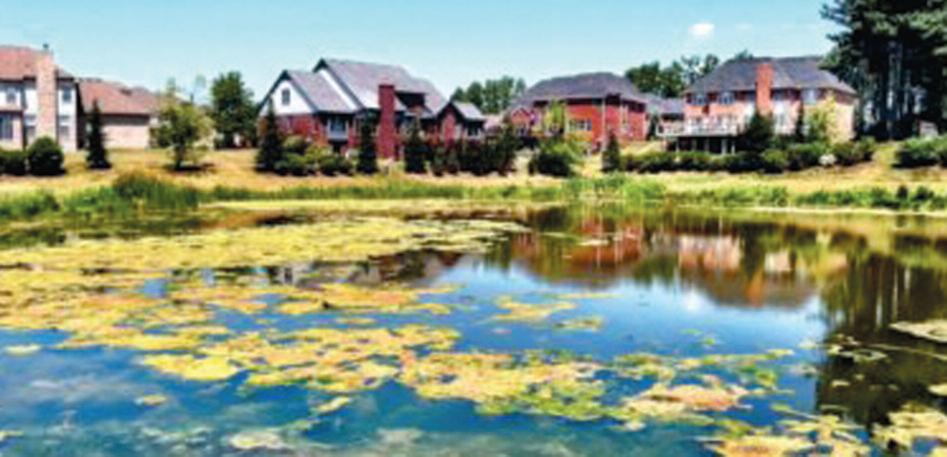



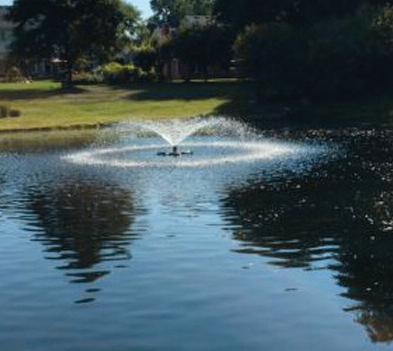



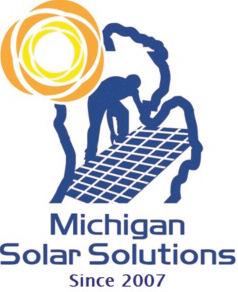

lakemagazine.media LAKE magazine 17 IMPROVE YOUR WATERFRONT! Products & services to enhance Michigan’s aquatic resources - SINCE 1975 Specializing in Lake & Pond Management Call for a quote! 248.634.8388 | aquaweed.com Professional • Licensed • Insured Weed & Algae Control | Fountains Bio -Augmentation | Water Quality Management AFTER BEFORE BEFORE AFTER Are you prepared for an extended power outage? Contact us to discuss whether a Micro-Grid makes sense for you. Save on your electric bill and increase your home's resilience. Micro-Grids include Smart Home electric panel, solar power, battery backup and integration of a generator 248-923-3456 www michigansolarsolutions com DON’T MISS OUT ON JULY LAKE ISSUE Space reservation for our next issue is Friday, June 28. Contact Pat Collins at 586.215.1400 or by email at PatCollins@DowntownPublications com
“If an owner of a lake home can think of it that way, it might make them feel more connected and responsible for that water that rests right outside their doorstep,” said Lusch. “In Oakland County, tapping into the groundwater happened quite rapidly, and this is why we have so many inland lakes. Homeowners must ask themselves: When was the last time they took care of their septic system? When did they last pay attention to how much fertilizer and chemicals they applied to their lawn? All those chemicals will leach right into the waters of your lake.”
MARK HANSELL, OAKLAND COUNTY’S
chief of Environmental Health Services said that those in Oakland County who receive their water from municipal wells have their water tested and treated for harmful bacteria and contaminants just as customers who receive water from the Great Lakes Water Authority. Hansell said that homeowners on private wells are responsible for testing their water, and guidelines and costs for well inspection can be found on the Oakland County Health and Human Services well program website.
The Michigan Department of Health and Human Services (MDHHS) recommends routine testing for coliform bacteria and E. coli or nitrate annually and testing for arsenic, copper and lead every three to five years. Extra tests for the above should occur any time a household member is pregnant, if there are infants and young children at home, flooding near the well, or changes in the water’s taste, color or odor.
New residential and commercial construction in Oakland County not served by the Great Lakes Water Authority must apply for a permit. Before the county permits a new well, Hansell said the county must assure there are no areas of contamination on the land that would pose a risk to the groundwater and human health based on data they glean from reports from EGLE as well as the 2005 USGS study for Oakland County. Any permitted wells must be bored by a state-certified well driller under the Weld Construction Code in the state’s Code of Public Health. During a well’s drilling, the MDHHS will make a few visits to ensure all operations and design of the well are up to code.
“There is a lot of due diligence before we even visit a site applying for a well permit,” Hansell explained. “Once we review existing records and mapping of the area, we’ll visit the site to look for other possible sources of contamination. If there is a septic system in your yard or a neighbor’s yard, we want to make sure it is being properly maintained to protect that well, the aquifer, and ultimately, your health.”
Lusch said that with all the work and studies he has facilitated over the decades, what is most important is that government officials become more educated about managing groundwater resources.
“In my 30 years of research, I find this area is woefully
lacking. Most are poorly informed or ignorant about how to protect groundwater,” he noted.
The Michigan state legislature approved in its 2023-2024 budget more money for the study of aquifers. EGLE was allocated in the budget a one-time infusion of $23.8 million to hire two full-time employees who will manage a new research project called the Groundwater Data Collection initiative.
EGLE officials defer to the USGS for having more comprehensive data resources on the state’s groundwater supplies and conditions. EGLE spokesperson Hugh McDiarmid said that currently, the state does not perform comprehensive mapping and monitoring of specific aquifers unless there is evidence of contamination. The Michigan Geological Survey is at the beginning stages of mapping programs for aquifers with EGLE organizing the data, but this project will not bear any fruit for another two years, McDiarmid said.
Despite some late advances, John Yellich, director of the Michigan Geological Survey based at Western Michigan University, said that geologically speaking, Michigan is the most poorly mapped state in the country. To improve this, in the last two state budget cycles, the Michigan Geological Survey received annual funding, as well as a grant through the Department of Natural Resources, for five years at $1 million per year to map aggregates in Michigan. Yellich said all this mapping ties back to understanding our aquifers.
“I have had decades of experience working as a geologist,” Yellich said. “I have worked on groundwater cleanup and hazardous waste cleanup sites in 20 states. When I took this position in 2013, within three months I concluded that Michigan was the most disappointing state I have ever worked in in terms of not having any data on its groundwater.”
YELLICH CRITICIZED THE LACK of training the state’s drillers had in properly and consistently entering data into the Water Withdrawal Assessment Tool and Wellogic and began a training program to improve accuracy.
Yellich said it is important to properly map Michigan’s underground terrain in terms of where our legacy pollution lies – elements like coal ash, aggregate mining, industrial sites and forever chemical deposits – about where stores of underground water reserves exist.
“Back in the 1970s and 1980s, Michigan did not think about where we were allowing industry and manufacturing to operate in terms of how close they were to groundwater sources,” Yellich said. “These legacy industries still impact our shallow aquifers. That is why our mapping program is important. The maps will show the locations of shallow sand and gravel deposits. That way, cities can better determine where to allow industries to operate. This is because industries carry the potential for spills of contaminants into our groundwater. This is a mapping system that is only now being developed. It could have been useful decades ago.”
18 LAKE magazine 07.24

•
•
•
•
•
•
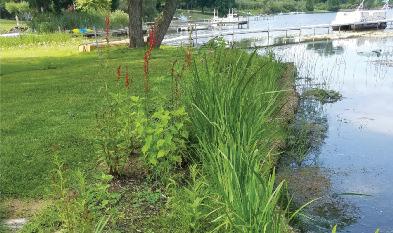

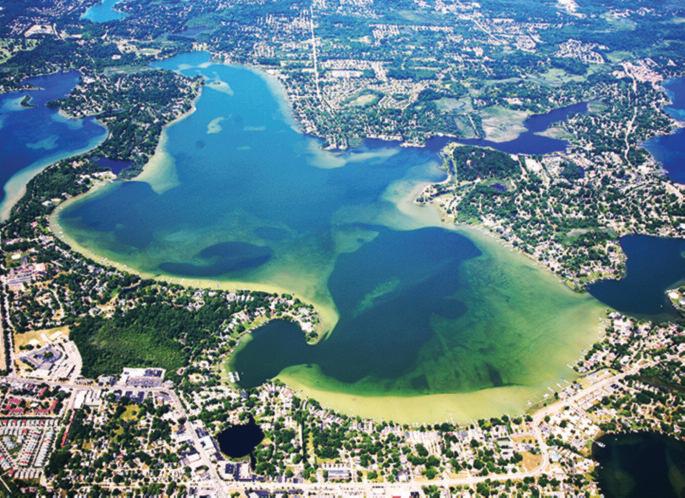
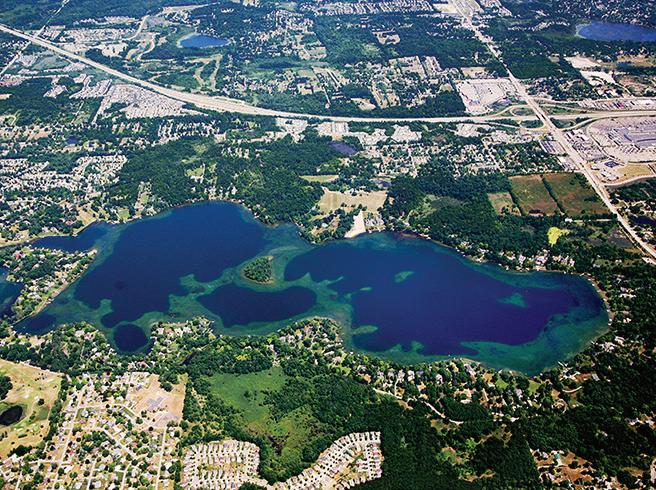
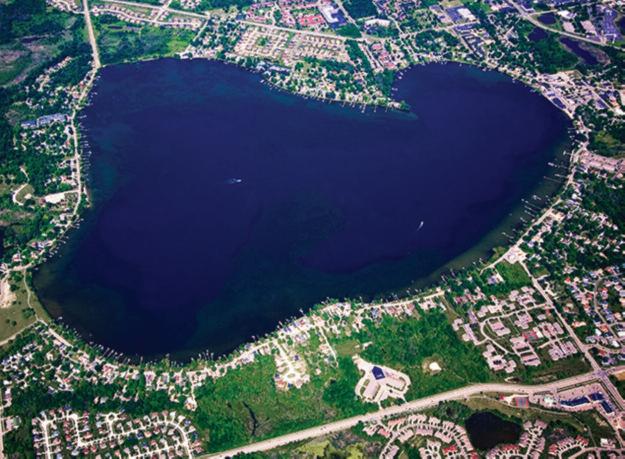
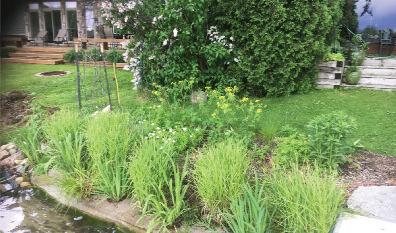




•

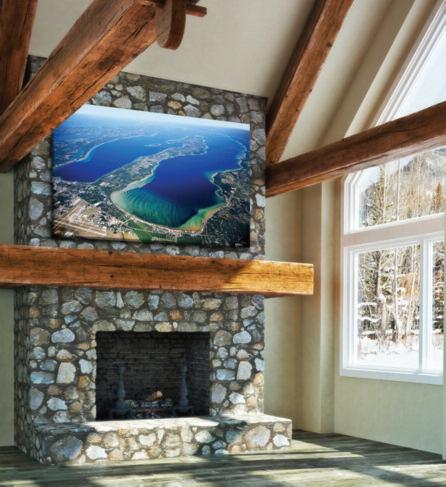

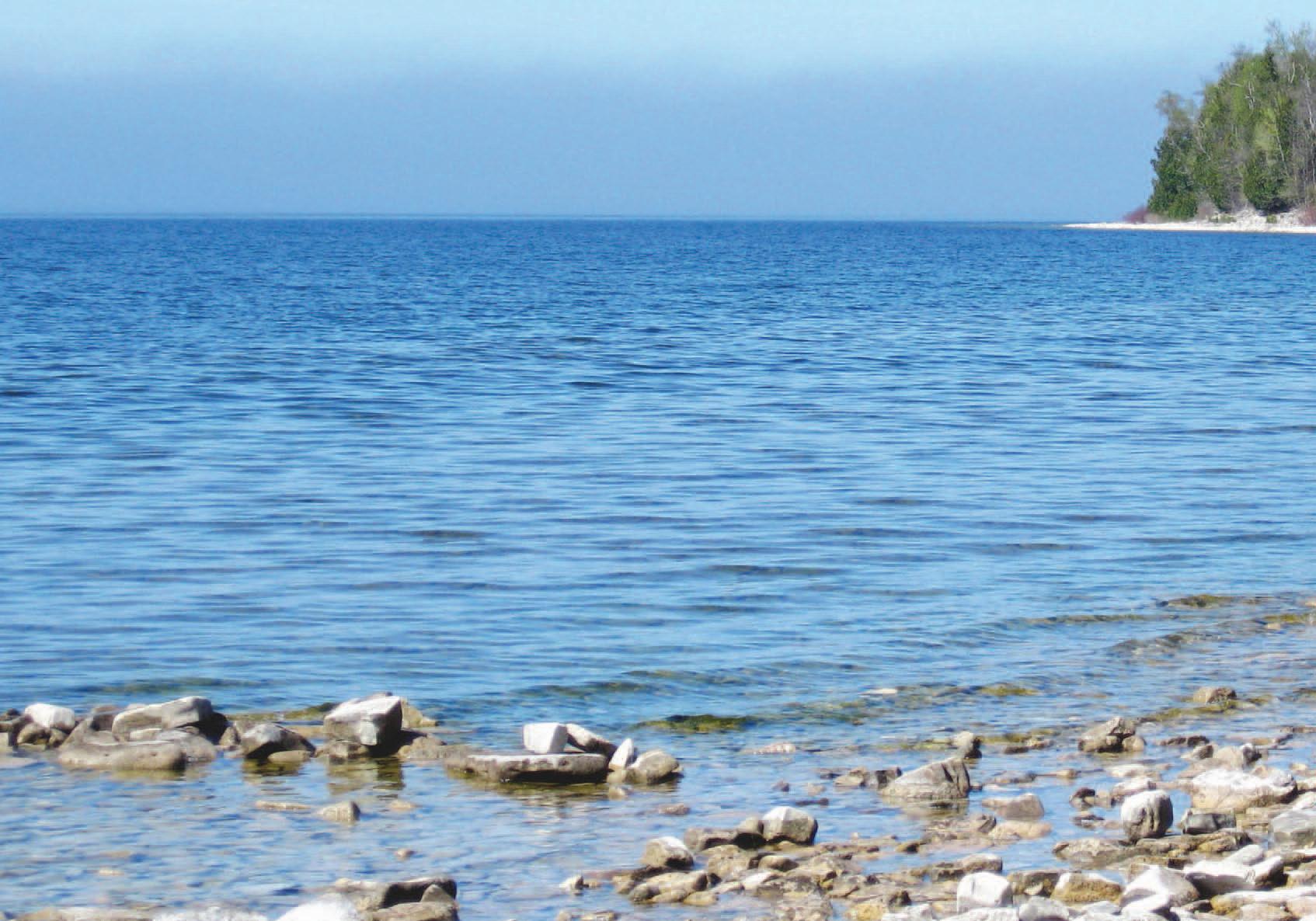

lakemagazine.media LAKE magazine 19 We specialize in:
Natural Shorelines
Sustainable Riparian Buffers
Native Plants and Grasses
Bio-engineering Practices
Creating Diverse Habitats
Design and Installation
Control Erosion
Increase Water Quality
Create Wildlife Habitat
Discourage Canadian Geese
EGLE Approved Methods ified Natural Shoreline Professional cre a t i N g N a t u r a L s h o r e L i N e s 2 4 8 - 7 3 6 - 3 0 1 4 w w w . N a t i v e L a k e s c a p e s . c o M Bring home the memories of your lake! Call or visit our website for 10% o ! 800-780-3686 • aerialgraphics.com • Enter code: OAKLAND10 Bonfires by the lake. Jumping o the dock. Tubing with your siblings. Your memories on your lake are priceless. Bring the memories into your home with an aerial lake photograph or give the perfect gift to the lake lover in your life.
Photographs of Every Lake in Michigan
Exceptional Photo Quality
•
•
•
•
•
•
•
Beautiful Print On Canvas
Frames Available
Multiple Sizes Available
•
•
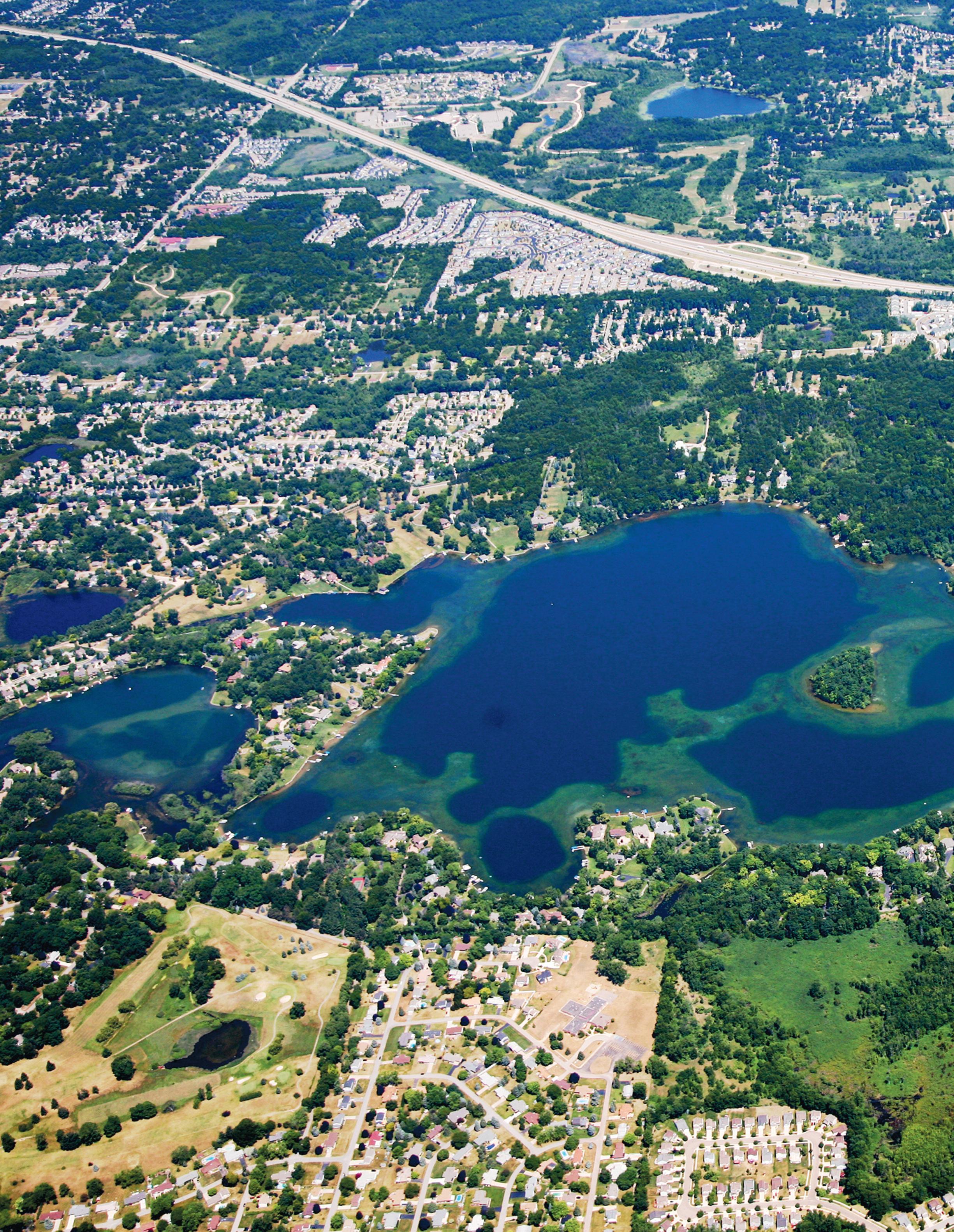


Lake Angelus
Lake Angelus is a private, all- sports, 477 acre lake in Oakland County, Michigan Lake Angelus is primarily located in the City of Lake Angelus, except for a portion of the western portion of the lake which lies in Waterford Township Lake Angelus is the ninthlargest lake in Oakland County and the eighth- deepest lake in Oakland County
© Aerial Graphics






22 LAKE magazine 07.24 Michigan Foldingdoors .com F O L D I N G D O O R S A N D W I N D O W S S T Y L I S H . P R A C T I C A L . C U S T O M I Z A B L E . O u r f o l d i n g d o o r s a r e a g r e a t s o l u t i o n w h e n s e e k i n g f r e e f l o w i n g a c c e s s b e t w e e n a r e a s Craf ting Spaces, Unfolding Possibilities Michigan’s Premier Folding Door and Window Installer Call for a no obligation design consultation 2 4 8 . 5 2 0 . 8 8 6 0 MichiganFoldingDoors.com Q U A L I T Y • S U N R O O M S • C O N S E R V A T O R I E S • G R E E N H O U S E S • P A T I O R O O M S CUSTOM DESIGNED TO FIT YOUR HOME and YOUR BUDGET $2,500 OFF ANY NEW SUNROOM! Must present ad Not valid with any other offers Expires 8 1 2024 IS YOUR SUNROOM LEAKING OR NEED REPAIR? WE FIX IT ALL! No Obligation Estimates 248.520.8860 michiganfoldingdoorsandsunrooms.com

LAKE QUALITY MONITORING
COOPERATIVE LAKE PROGRAM KEEPS MICHIGAN LAKES IN CHECK
 BY MARK H. STOWERS
BY MARK H. STOWERS


Meconomy of Michigan. With more than 11,000 inland lakes that are five-acres and more, the Mitten State outnumbers ever y other state in the union. In our state, Oakland County has the most of those lakes. But with more and more threats to each freshwater treasure including pollution, invasive species and habitat degradation, Michigan has implemented various conser vation initiatives, including the Michigan Clean Water Corps’ (MiCorp) Cooperative Lake Monitoring Program (CLMP).
The testing system, organized by the Michigan Depar tment of Environment, Great Lakes and Michigan Depar tment of Environment, Great Lakes and Energy (EGLE,) dates back to 1974, when leaders came together and decided to star t testing lakes to help keep an eye on the health of each.
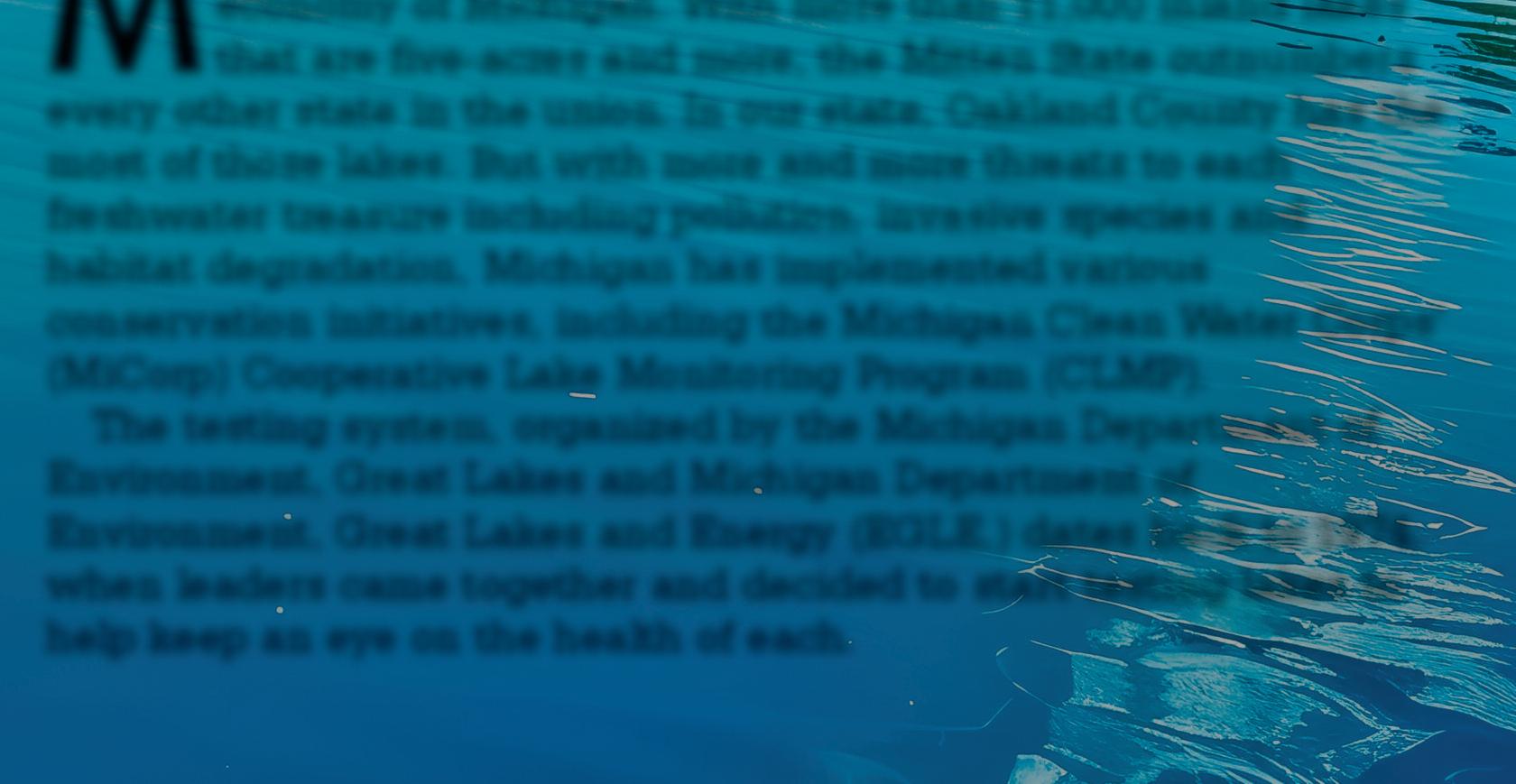
Over that 50-year period, it’s estimated that only 10 percent of the lakes in Michigan have been tested and data stored to continue research.
Over that 50-year period, it’s estimated that only 10 percent of the lakes in Michigan have been tested and data stored to continue research EGLE workers and volunteers continue to add lakes to the list, as do other organizations such as the Clinton River Watershed Council, Friends of the Rouge (River), and others
Simply put, the Cooperative Lake Monitoring Program is a collaborative effor t involving local communities, volunteer citizen scientists as well as gover nment agencies The program's primar y goal is to gather scientific data on water quality, aquatic habitat and biological communities By engaging citizens in monitoring activities, the CLMP aims to enhance public awareness, promote stewardship and infor m management decisions
Erick Elgin, an aquatic ecologist with Michigan State University Extension is the lakes program manager for the CLMP He’s been working with the program since 2016
“I work on lake conser vation statewide That might mean working on the ecology of a lake It might mean working with individuals on their proper ty to tr y to put in best practices on their shoreline, for example, to help improve lake habitat and water quality,” Elgin explained “I work with lake communities as a whole and the DNR (Depar tment of Natural Resources) and EGLE And also work with our state agencies along with our community groups to preser ve, protect and restore our inland lakes ”
Even with volunteers, the program has remained consistent for half a centur y
“ The program wasn't always called the Cooperative Lakes Monitoring Program It's been through different renditions,” Elgin said “But what's a common thread is that we are a long-ter m monitoring program In 1974, there was only one parameter that volunteers could do, and that's called Secchi Disk Water Transparency That's dropping a disk into the water until it disappears – there's a little bit more to it But that will then tell you, it's a measure of water clarity And the protocol that they used in 1974 is the same protocol that we use today You can compare apples to apples through all of these 50 years And that's one of the powers of this program, is that level of clarity and long-ter m direction ”
In addition to the water clarity test, these days the volunteers test for phosphor us, chlorophyll a, shoreline
erosion, invasive plants and a handful of more tests that have been added through the years The process begins when Elgin is nor mally aler ted by a lake area landowner that something may be off
“I'll get calls frequently ‘I've lived on my lake for 20 years and I've never seen it so green ’ We star t from that and there are many questions that people who live on a resource or you frequent it a lot, so let's say you fish on a lake a lot or you live on it You star t to make obser vations and you star t to notice a patter n And if something deviates from that patter n, I might get a call Or you might see a patter n and you're curious about ‘why is it like this?’”
Once he gets the phone call and asks his standard question of how deep is the lake and where is it located, Elgin pulls up a map and checks the environment
“If it's in Oakland County and in an urban environment, or let's say it's in Ber rien County and in an agricultural environment Or up nor th in the UP I'd star t factoring all these things in, asking them questions and then I would also ask them, connecting them back to the program – “Is there any data on this lake?’ Because having visual obser vations are impor tant but having data can really cue us in to what's happening,” he explained
The MiCorps CLMP database is public and online and Elgin dives into it of ten for research to “connect the dots with data ” If there is not data, he asks the prospective researcher if they are up to collect and be par t of the process The training process is both online and in person and is constantly being revised and updated and improved, according to Elgin
“ We have a number of protocols, and we teach and train individuals on how to conduct that scientific protocol,” he explained “ We go step-by-step Step one, unscrew the caps and rinse the water bottle It’s ver y specific We also we give a background on what the parameter is Why are we collecting it? What does this data mean? We give meaning to the numbers ”
The in-person training is offered nor mally twice a year, with one being held at the Michigan Lakes and Streams Association’s annual conference, and the other conducted on a Michigan lake
“It’s usually a day long But because we are statewide, people are busy We also put on a live, online training day It takes all day to go through all the parameters People can come and go, depending on
24 LAKE magazine 07.24

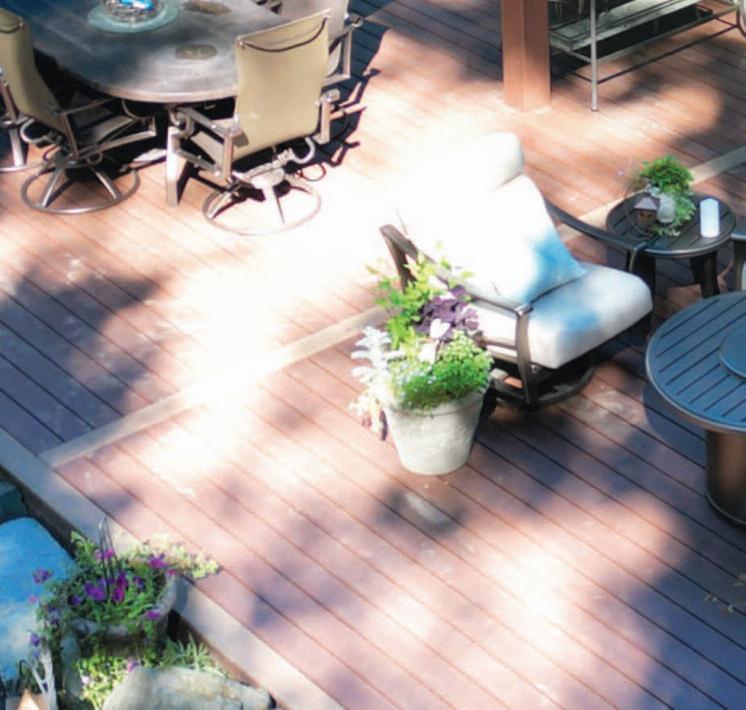

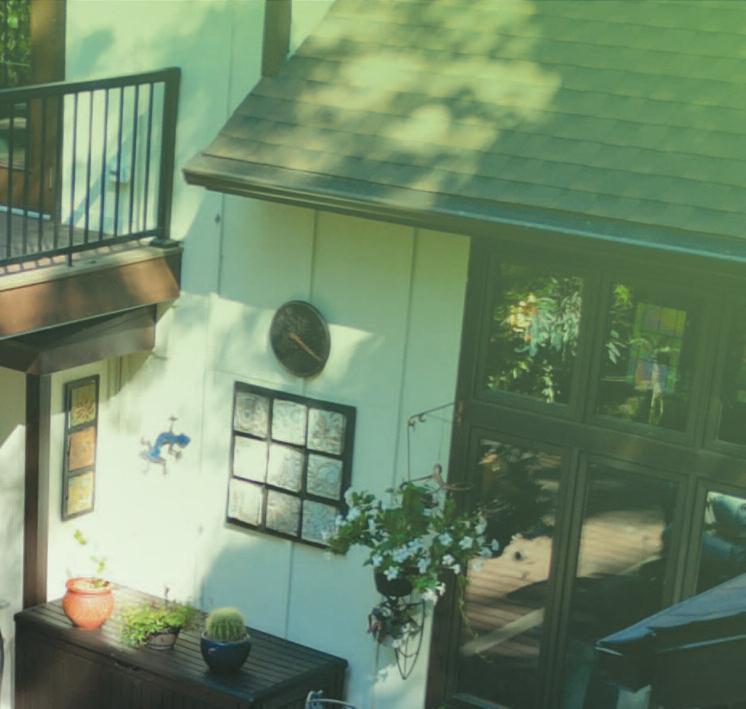


















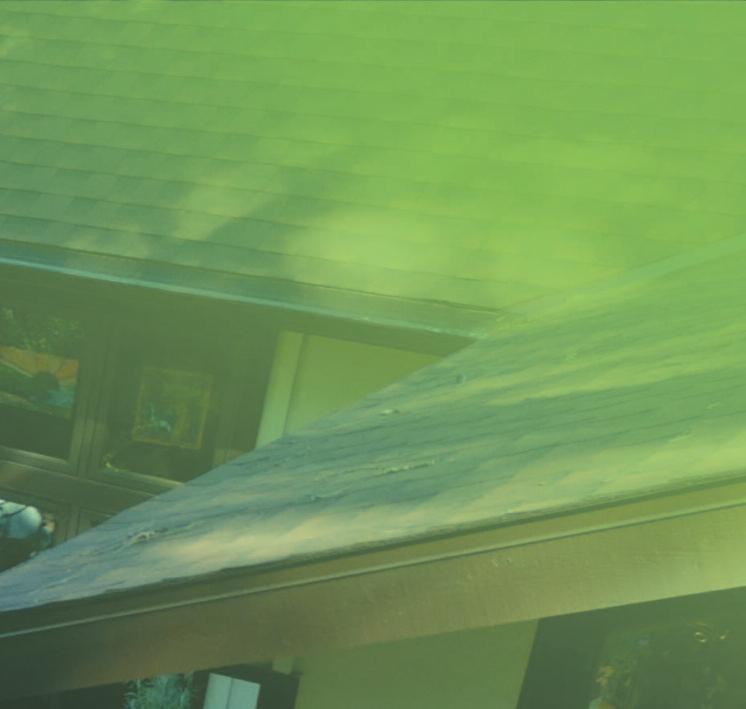
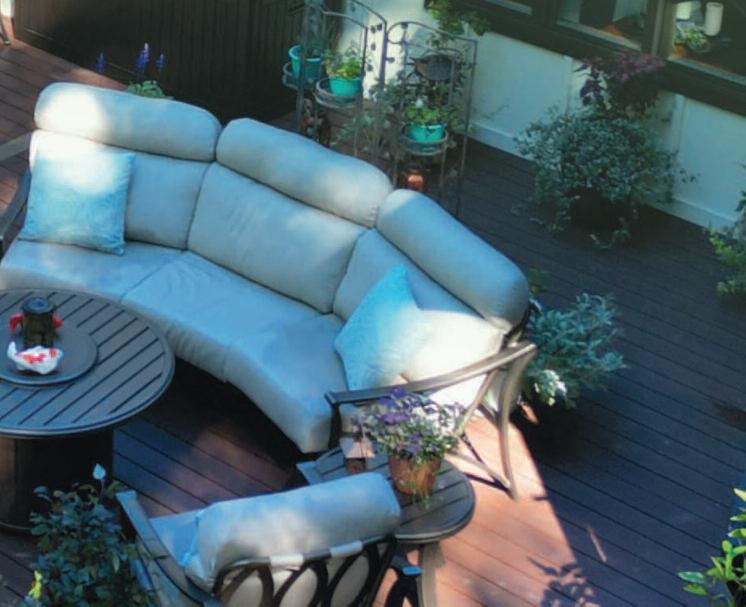
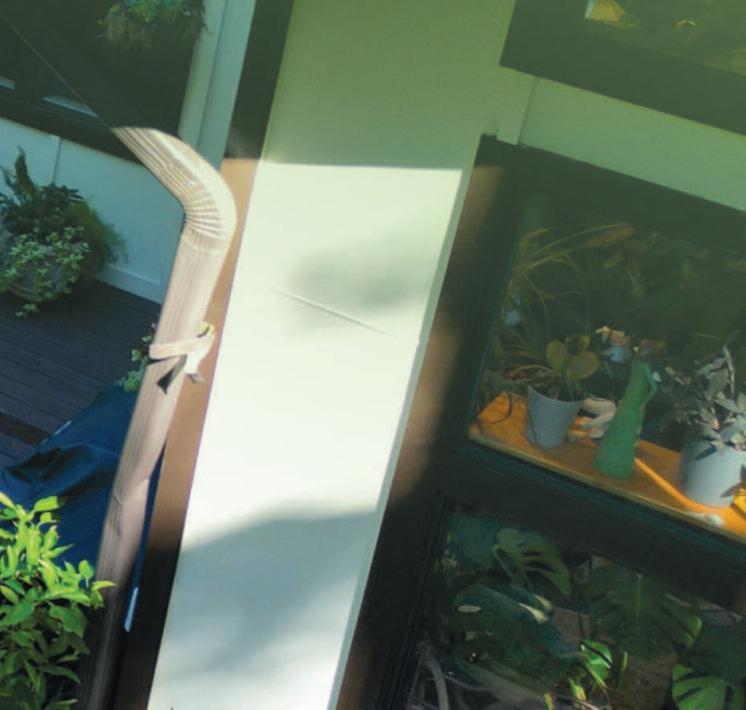






GET 20% OFF YOUR NEW COMPOSITE DECK
NEVER STAIN YOUR DECK AGAIN.
NO PAYMENTS OR INTEREST UNTIL 2025. Offer applies to new orders only. Other restrictions may apply.
OR
Once the testing is done the results are passed off to lake property owners, townships and such to take on the task of remediation.
what they've signed up for,” Elgin said
The trainings are also recorded and uploaded online There are also videos on each protocol and new videos are for thcoming Once volunteers are trained and sent out, their collections are closely monitored with quality control and fail safes built in
“ We do collect replicates for phosphor us on 10 percent of the phosphor us samples collected,” he said “And then we match up those numbers The data is looked at by us and so let's say it's way out of the ordinar y We may look at that, tr y to figure out what's wrong, contact a volunteer, work with them as we figure out the quality of that data ”
The volunteer samples are of ten compared to those collected by a professional
“ Then we compare those because we want to make sure that this data is as high quality as possible And when we r un those tests, they are ver y well matched Of course they're not per fect, but that's ecological data,” he said
The state r un organizations collect the data and repor t to the Environmental Protection Agency (EPA) so they are in the loop, but CLMP testing is not under any federal regulation
Working both the upper and lower peninsula, Elgin is busy with all things freshwater
“ Within Michigan State University, there's a new center called the Center for Lakes and Streams There is a small team of us who work on a variety of different topics when it comes to our inland waters It may not just be lakes but more of inland waters – all the little streams that connect ever ybody,” he explained “It can be streams, wetlands, lakes, but then because we work on the water, what happens on land impacts the water We do a lot of things that might be water-centric, we'll be working on the land as well Looking for the source of the problem ”
Elgin and his ar my of adult volunteers tackle the task of taking samples and recording data and find the problems that need to be taken care of This year, 320 lakes will be par t of the CLMP Once the testing is done the results are passed off to lake proper ty owners, townships and such to take on the task of remediation That’s where Paul Hausler, the water resources practice leader of Progressive Companies comes in Ser ving as a type of architectural engineering fir m, there is also a water
resources group as well The company was for med 40 years ago
“ We're basically biologists in our water resources practice We're contracted by either lake associations, or a lot of times they're funded through (a) special assessment by creation of a lake improvement board, or a township board oversees the project,” Hausler said “Our bread and butter is invasive species management where we map it out, design and plan and then we put together bidding documents, bid out the work and then we oversee the work once we have a contract ”
Progressive works with approximately 90 lake communities throughout the state with 12 to 15 in Oakland County alone With a main office in Grand Rapids, there is also the Detroit office and another in Charlotte, Nor th Carolina Progressive par tners with all of the CLMP entities
“ We mainly work with MSU on educational things I work with Eric Elgin and Joe Lattimore a lot We all sit on the Michigan Inland Lake Par tnership, which is kind of a collaborative group that has agency folks, but also other entities that are interested in lakes,” Hausler said
The data collected by CLMP volunteers is valuable and used by Progressive and then taken a step fur ther
“ The data is valuable either way We usually do a little more in-depth than what they do through CLMP But if you're just interested in tracking overall water quality, I think CLMP is fine If you're looking to do more in-depth tracking, more different parameters and maybe going a little fur ther into the details, of what could be causing issues, that's where we get involved We can just expand on the type of data A lot of times they're doing basic limnological Limnology is a study of freshwater, basically They're taking these basic parameters and making deter minations on the overall quality of the lake But if you're looking for specific issues, we can do more parameters or maybe do more in-depth sampling, where we take samples from multiple depths and deeper lakes that can be critical for analyzing We did a study for Mesa Bay Lake, which is 120-feet deep We gave them a lot more in-depth repor ts than what they were getting through CLMP”
Hausler has seen issues from Mother Nature as well as manmade problems in Michigan lakes during his tenure
“I think climate change is having an effect We're seeing the water temperatures
26 LAKE magazine 07.24

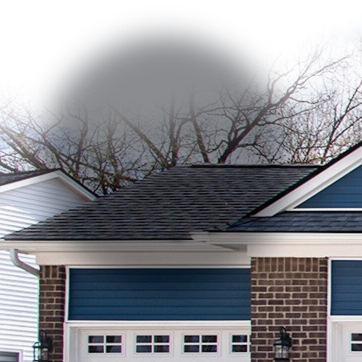
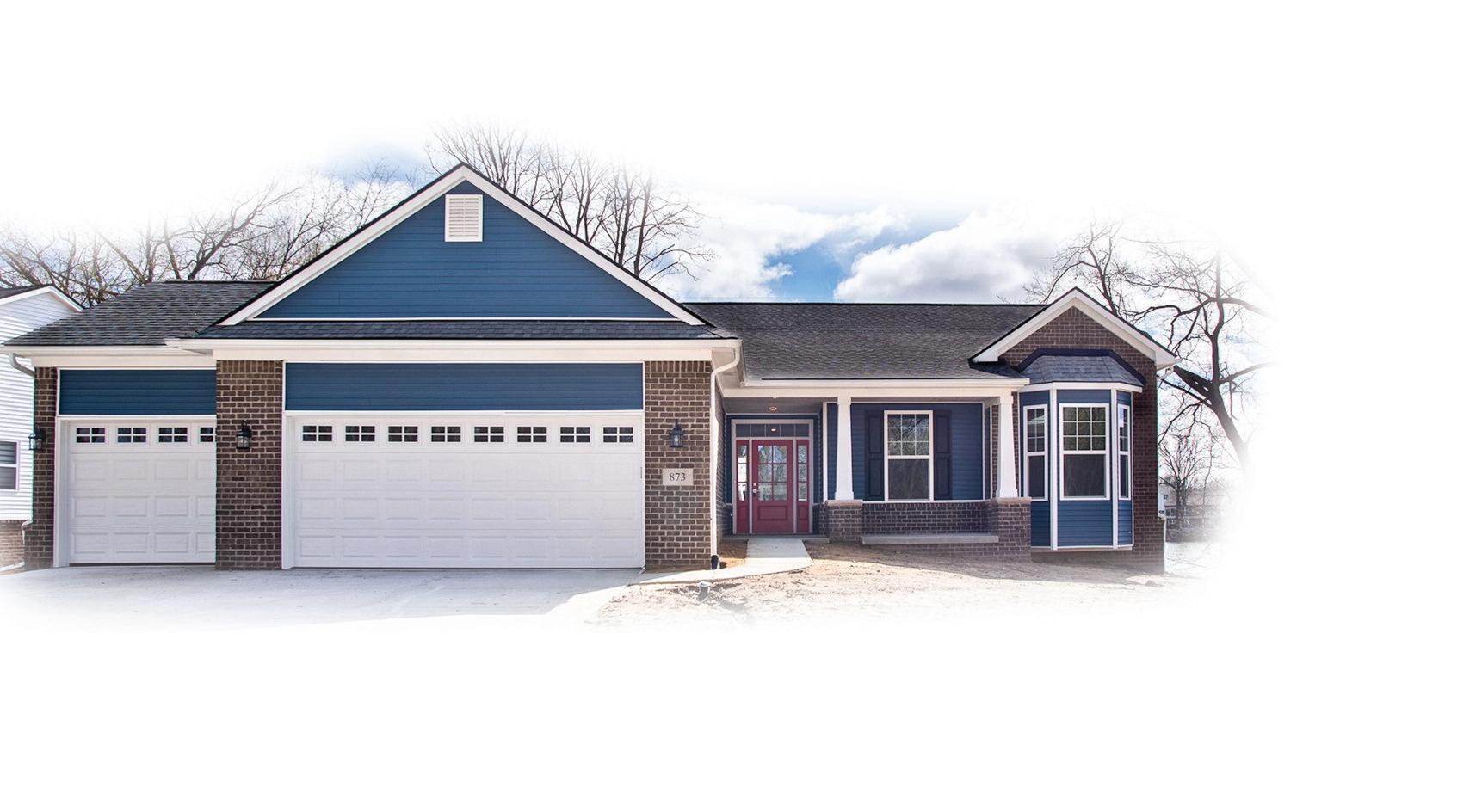
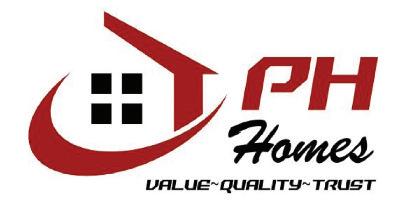

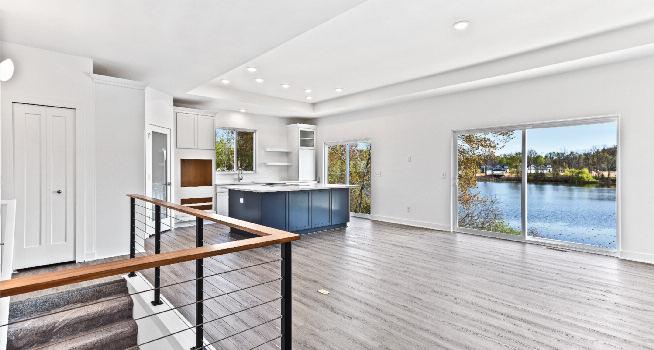



• Drastically improve water clarity in days
• Exclusive motorized action pushes trash and decaying debris 50 feet or more • OIL-FREE, environmentally friendly motor
• Adjusts for water direction, motion, and sweeps in any direction • 5-year unconditional motor warranty •

lakemagazine.media LAKE magazine 27 WHITE L AKE TOWNSHIP WALLED L AKE SCHOOLS CENTR ALLY LOC ATED LESS THAN 15 MIN FROM M-5 CORRIDOR & LESS THAN 10 MIN FROM M-59 BUILD YOUR DREAM HOME OR CHOOSE FROM ONE OF OUR BEAUTIFUL QUICK AVAILABLE HOMES! 988 PRESERVE L ANE WHITE LK. TWP., MI 48386 Call Laura 248-390-7792 www myphhome com Water front homes available on HIDDEN L AKE and enjoy views for days! Quaint non-motor lake per fect for kayaking & paddleboarding. MODEL HOURS MON-SUN, 12PM-5PM EQUAL HOUSING OPPORTUN TY RANCH & COLONIAL STYLE HOMES CUSTOMIZE OUR FLOOR PLANS TO FIT YOUR NEEDS 2-3 CAR GARAGES FROM THE HIGH $400'S ENJOY TWO COMMUNITY PARKS
in USA of stainless steel and high-density polyurethane Blast muck and silt away and remove sediment build-up 1-800-WATER-45 Scott Aerator Company LLC Holland, Michigan www.scottaerator.com A q u a S w e e p Lakeshore Owners! WATER RESOURCES The water resources specialists at Progressive Companies have helped communities across Michigan develop workable solutions to complex lake and watershed management problems. weareprogressive.com Services: • A Aq uat ic p plant m management o over si g ht • D Drone s sur veys • G eog raphic i infor mat ion s ys tems a anal yses • H ydro- ac ous t ic m mapping • L ake a and w water shed m management p plans • L imnologic al e evaluat ions a and d diagnos t ic f feasibilit y s t udies • N at ural s shore line d desi gn • O Online i infor mat ion a and o out reac h • P Pro jec t o org aniz at ion a and fi financing a as sis t anc e • W Water q ualit y m monitor ing • W Wetland d de lineat ions
Made
Progressive, with three Michigan offices. works with approximately 90 lake communities in the state, with 12 to 15 in Oakland County alone.
are tending to increase over time, and you're seeing less winter ice cover on lakes That tends to favor some of the invasive plants and helps them grow, ” he explained “Basically, the growing season for aquatic plants and algae has increased in duration The biggest one still in Michigan probably is Eurasian milfoil, which has been around since the 1960s in Michigan And then curly leaf pondweed is another one that's been around even longer – but that's pretty much just like a spring problem,” he said “And another one is star r y stonewor t, which is ter med a macroalgae It has ver y large cells and it looks like a plant as it grows, like a plant off the bottom, but it doesn't have tr ue roots It's kind of anchored on the bottom but without roots ”
Phosphor us is key to lake life but like anything, in moderation When rainwater r un- off from golf courses and homes that use fer tilizer pour into lakes and streams, algae and invasive plants have growth spur ts and take over the beneficial plant life and choke out the food supply in the eco chain
“In Michigan, it's illegal to apply phosphor us to existing lawns You can still buy the star ter fer tilizer because phosphor us is impor tant for root establishment,” he explained
Hausler and Progressive do quite a bit of water quality testing and develop watershed management plans, including creating best management practices within the watershed to reduce the amount of phosphor us and sediment coming into lakes
“ We do kind of detailed aquatic plant sur veys throughout the summer And then we use geo -reference maps to provide to whether they're applying aquatic herbicides, which are regulated through the state of Michigan and the EPA And then if it's plants that can be managed through mechanical har vesting, we map out those and we kind of oversee the plants that can be managed through mechanical har vesting,” Hauser explained
On the academic side, Wayne State University Associate Professor Donna Kashian par ticipates in CLMP One of her for mer lab leaders, Dr Dar rin Hunt, has his undergrad and PhD in biology from Wayne State University and worked with the protocols with CLMP
“I worked with invasive species, and that’s one of the things that was a big impetus for me, working with these volunteer programs as a par t of our lab culture,” Hunt said “Specifically, Friends of
the Rouge, who I volunteered with, did a lot of work with invasive mussels and clams and the Rouge River We star ted with a data share and then I pretty much worked with them from like 2014 until 2022 ”
Embedded with a range of volunteers each spring and fall, they would congregate at a location such as Schoolcraf t College or University of Michigan-Dearbor n
“It was like a range of people that were involved with this From families that were just doing a thing to be a par t of a bigger, project with students and graduate students as well,” he explained “ This was a ver y, ver y valuable experience as a graduate student Not only because it shows you how to practically apply techniques to quantif y but how the quality of the river shif ts Also being a par t of contributing to this massive data set that's ongoing ”
Kashian noted that CLMP is used by academia
“As an academic, we would use the data and find out what are some of the challenges and things like that,” Kashian said “Friends of the Rouge River uses the protocol and aspects of that in some of their monitoring systems They were doing citizen science, using that in addition to other methods they have Then we went out with them We also used data that had been gathered for a long time using that method We did what we would traditionally use that is as academics and doing research – a bit more time-consuming method tr ying to capture an area of the river ”
She noted that “it was all as detailed as possible They go out, they spend X amount of time at the site, which is par t of the program and ID ever ything on site Then what we wanted to do is say, ‘Does the quick rapid assessment that ever yone can use provide the equivalent data?’”
Af ter comparing the intense sampling with the CLMP methods, Kashian found that “in a lot of ways they ’ re equivalent But there are some pros and cons for each method The citizen science and the Michigan Corps captures more of the habitat If there's species that live in different habitat, you're likely actually to capture more of those than you would in the sampling that we did ”
Kashian is a big proponent of CLMP
“I think it's one of the most wonder ful programs we have for so many reasons One, there's no other way that we could monitor our water ways because we don't
28 LAKE magazine 07.24

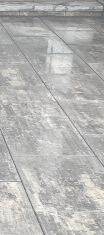




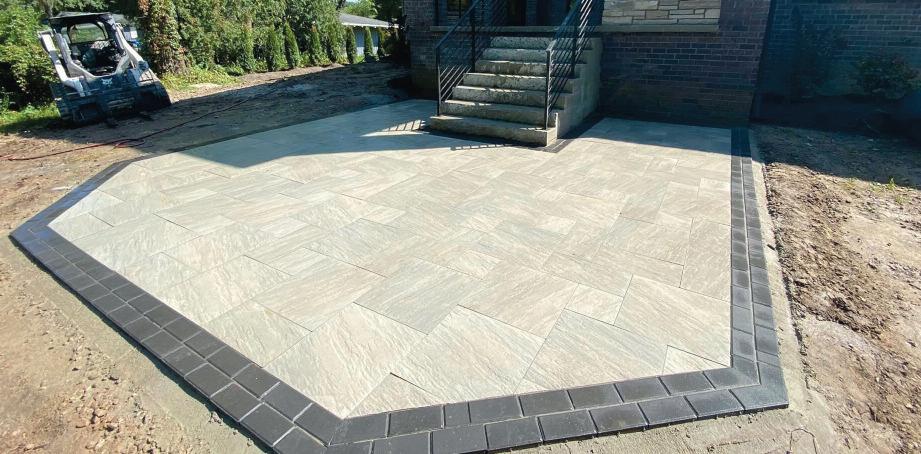
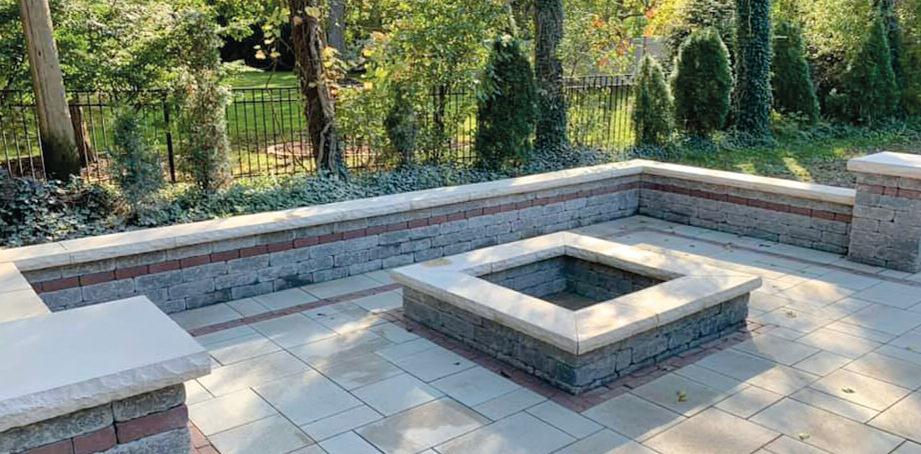









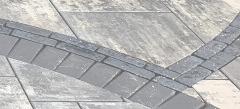


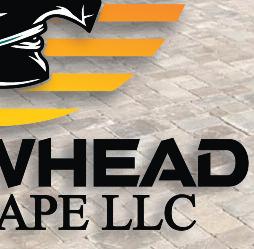










lakemagazine.media LAKE magazine 29 hiGh end custom
installations We aim to design your perfect oasis, come home to quality services are paver installations: • drIveway • walkway • patIo • retaInIng walls 4095 cumberland ct commerce mI 48390 248-330-4921 arrowheadhardscapes.com • @JGproductions4 Bring home the memories of your lake! Call or visit our website for 10% o ! 800-780-3686 • aerialgraphics.com • Enter code: OAKLAND10 Bonfires by the lake. Jumping o the dock. Tubing with your siblings. Your memories on your lake are priceless. Bring the memories into your home with an aerial lake photograph or give the perfect gift to the lake lover in your life. • Photographs of Every Lake in Michigan • Exceptional Photo Quality • Beautiful Print On Canvas • Frames Available • Multiple Sizes Available
hardscape
When there is rainwater runoff from golf courses and homes that use fertilizer pour into lakes and streams, algae and invasive plants have growth spurts.
have the resources The DNR and DEQ – no one has the resources to go out and do this many sites and monitor Budgets don't look like that anymore So, unless we're going to be creative and do something with citizens in our community, it's not going to get done,” she explained “On top of that, there is also the educational component We're in Wayne State We have a lot of people in the community who do not get out much They were bor n and raised in Detroit and they stay in Detroit Then they hear about this program and we've had families come out with us with their little children They're like, ‘Oh, we've never been to a river before ’ You're installing this lifelong appreciation of our natural resources, which is priceless ” CLMP has been the baseline standard for lake testing in Michigan for half a centur y and provides many beneficial pros for its existence Overall, CLMP engages the local community to repor t a lake to them and also engage that same community in conser vation effor ts By recr uiting volunteer citizen scientists, the program fosters a sense of ownership and responsibility among residents towards their local lakes This increased community involvement can lead to greater suppor t for environmental protection initiatives and foster a culture of conser vation
These many pros to using and having the Cooperative Lake Monitoring Program in Michigan are paralleled by a few cons First, there are volunteer limitations While volunteer par ticipation is a cor nerstone of the CLMP , it also poses cer tain limitations Volunteer citizen scientists may lack for mal training in scientific methodologies, leading to potential variability or inconsistency in data collection practices Ensuring data accuracy and reliability requires ongoing quality control measures and standardized protocols, which can be challenging to enforce across a diverse volunteer base
Second, despite its extensive network of volunteers, the CLMP may still exhibit spatial and temporal coverage limitations
Monitoring effor ts may be concentrated in areas with higher volunteer density or easier accessibility, leading to potential biases in data representation Additionally, cer tain lakes or regions may be under represented in the monitoring program, resulting in gaps in our understanding of broader ecological patter ns and trends
Third, resource constraints While the CLMP offers a cost-effective approach to
lake monitoring, it still relies on gover nment funding and suppor t to sustain its operations Budgetar y constraints or fluctuations in funding levels can affect the program's ability to maintain equipment, provide training, and suppor t volunteer activities effectively Without adequate resources, the program may str uggle to fulfill its objectives and meet the growing demand for lake monitoring ser vices
There is always the potential for data interpretations to be clouded The sheer volume of data generated by the CLMP can present challenges in ter ms of analysis and interpretation Processing and synthesizing large datasets require specialized exper tise and analytical tools, which may not always be readily available Fur ther more, translating raw monitoring data into actionable management recommendations can be complex, par ticularly when dealing with multifaceted ecological issues influenced by numerous interacting factors
The success of the CLMP hinges on the ongoing motivation and commitment of volunteer par ticipants Sustaining volunteer engagement over the long ter m can be challenging, especially when faced with competing priorities or changing demographics within local communities Effor ts to recr uit and retain volunteers require continuous outreach, recognition, and suppor t, which may strain program resources and staff capacity
The Cooperative Lake Monitoring Program plays a vital role in safeguarding the ecological health of Michigan's inland lakes, leveraging the collective effor ts of citizen scientists, communities and gover nment agencies While the program offers numerous benefits, including community engagement, cost-effective monitoring and early problem detection, it also faces cer tain challenges Addressing these challenges will require ongoing collaboration, innovation and investment to ensure the continued success and sustainability of lake monitoring effor ts in Michigan and beyond By overcoming these obstacles, the CLMP can continue to ser ve as a model for effective citizen sciencedriven conser vation initiatives, preser ving the natural beauty and biodiversity of Michigan's cherished lakes for generations to come
To lear n more about CLMP and become a volunteer, check out micorps net
30 LAKE magazine 07.24
OGOING DOWN THE DEEPEST LAKES IN OAKLAND


akland County is considered to have the largest number of inland lakes in the state with about 400 of those actually named and another equal or quite possibly larger number of smaller water bodies or ponds without names. Among the lakes, there are 10 that have the most noted depths
Here’s a quick snapshot of the deepest lakes, according to state depar tments and federal records, along with a shor t background on each, according to a search of local historical records and online sources

Cass Lake
Depth: 123 feet Total size: 1,280 acres
Location: Straddles Water ford Township and West Bloomfield Townshsip
Background: Cass Lake, originally named Red Cedar Lake, was renamed af ter for mer Michigan Gover nor Lewis Cass, a noted politician who was appointed in 1813 to gover n the Michigan Ter ritor y, a position he held until 1831 when he resigned to accept the position of the Secretar y of War under President Andrew Jackson
Maceday Lake
Depth: 117 feet Total Size: 234 acres
Location: Water ford Township
Background: According to records of the Water ford Historical Society, Maceday Lake got its name because Mason “Mace” Day fished the water way so of ten that locals star ted calling it Mace Day Lake, which was later changed to Maceday Lake
Orchard Lake
Depth: 110 feet Total size: 795 acres
Location: City of Orchard Lake Village
Background: The lake is noted for its 35-acre Apple Island which was first inhabited by Indians and was later owned by a number of White settler families and individuals, some of whom actually lived on the island The last such owner, Marjorie Ward Strong, deeded the island to the West Bloomfield School District to be used as an educational center, now known as the Marjorie Ward Strong Woodland Sanctuar y, which contains some 400 species of trees, many of which are rare in Oakland County Tours of the island are available When White settlers star ted ar riving in the area they tur ned to far ming and some 30 apple trees Hence the name of the island and the lake itself
Union Lake
Depth: 110 feet Total size: 465 acres
Location: Commerce Township and West Bloomfield Township
Background: From a sur face area standpoint, this is the tenth largest lake in Oakland County The name of the lake was derived from the unincorporated area refer red to locally as Union Lake, which comprises par ts of West Bloomfield Township, Commerce Township, Water ford Township and White Lake Township Long-time locals still refer to the geographical area as Union Lake, which has a small business district along two major roads
Walnut Lake
Depth: 101 feet Total size: 233 acres
Location: West Bloomfield Township
Background: Historical records don’t address how the lake gots its name but it was likely derived from the fact that in the 1820s the township was noted for its acres of forest that included Pine trees and Black Walnut trees
Van Norman Lake
Depth: 90 feet Total size: 66 acres
Location: Mostly Independence Township and a par t of Water ford Township
Background: Originally a small pond, the lake’s for mation involved building a dam of the Clinton River in the late 19th centur y The water way was originally called the Mill Pond but was later named af ter Zenas Har vey Van Nor man who owned the entire nor ther n shore of the lake from 1867 to 1916
Pine Lake
Depth: 90 feet Total size: 395 acres
Location: West Bloomfield Township Background: In ter ms of naming, local records are not available so
one has to assume that, like Walnut Lake in the township, that it got its name in the 1820s as settlers ar rived and star ted clearing land for roads and far ming in an area of pine tree forests
Lake Angelus
Depth: 88 feet Total size: 477 acres
Location: City of Lake Angelus
Bordered by Aubur n Hills, Pontiac, Water ford Township
Background: According to Wikipedia, the inland lake was first called Three Mile Lake which is the distance from the easter n shore of the lake to the wester n shore In 1929, the area incorporated to ward off annexation attempts and became a city in 1984 In the 1920s, the water way was given its cur rent name by Mrs Sollace B Collidge, some say for religious reasons
Loon Lake
Depth: 73 feet Total size: 243 acres
Location: Water ford Township
Background: Records on the development and naming of Loon Lake could not be located An educated guess would be that it was named at some point af ter the Common Loon, slightly larger than a duck, a water bird that inhabits Michigan
Silver Lake
Depth: 73 feet Total size: 101 acres
Location: Water ford Township
Background: Silver Lake was home to the first far m in Oakland County in 1818 owned by the Williams family In 1821 the first school in Oakland County, with seven students, was established in Oliver Williams’ sheep bar n on Silver Lake Not much is known for his reasoning but Oliver Williams gave the water way the name of Silver Lake
32 LAKE magazine 07.24
T H R E AT E N E D P L A N E T
Threatened Planet is a newsletter of curated information gleaned from over 30 print and online news sources where reliable information is provided on the health of the environment and the efforts to remedy problems facing the planet We constantly monitor a diverse list of sources – the major daily newspapers in the country and in Europe, a variety of scientific journals and government websites, along with newsletters from environmental groups, as well as a wide-ranging list of other reliable print and online news outlets For those concerned about the environment, we do the legwork by aggregating relevant information from a wide swath of sources and attempt to offer links mostly to those sources not restricted by a paywall Those interested can sign up for the newsletter at ThreatenedPlanet com
Research and composition of the Threatened Planet newsletter is the work of Austen Hohendorf
Michigan Attor ney General Dana Nessel announced plans to sue the fossil fuel industr y for climate change effects on the state (Carol Thompson/The Detroit News)
▾
Evidence is mounting that human disr uptions to natural ecosystems are raising risks of disease spread, according to a new study (Scott Dance/The Washington Post)
▾
The Biden administration expands two national monuments in Califor nia, as a par t of his pledge to conser ve 30 percent of the nation’s land and waters by 2023 (Coral Davenpor t/The New York Times)
▾
The Los Angeles Times editorial board is calling for faster climate action as average global temperatures continue to rise due to climate change (The Los Angeles Times Editorial Board/The Los Angeles Times) ▾
The world’s largest CO2 direct air capture and storage plant (Cristen Hemingway Jaynes/EcoWatch)
▾
Record breaking extreme heat waves are forcing schools across Asia to close, affecting tens of millions of students and threatening to widen the lear ning gap fur ther between developed and developing countries (Mithil Aggar wal/ABC News)
▾
A look at how Virginia’s transfor mation into “data center capital of the world” is straining natural water resources (Sachi Kitajima Mulkey/Grist)
▾
Scientists have found toxic chemical DDT in zooplankton and deep-sea fish off the coast of Los Angeles, raising troubling concer ns that the toxic chemical might be infiltrating the base of the food web (Rosanna Xia/The Los Angeles Times)
▾
The Biden administration released guidance for the EV tax credit program aimed making EVs more affordable for
consumers and increasing their presence on the road (Tom Krishner, Matthew Daly/The Associated Press)
▾
A new repor t from Congress finds major oil companies have misled Americans for decades about the threat of humancaused climate change (Chase Cain/NBC News)
▾
Michigan Gover nor Whitmer announces federal funding to boost Michigan’s green initiatives at the second annual MI Healthy Climate Conference (Anna Liz Nichols/Michigan Advance)
▾
Executives war n the oil industr y is drawing up “ready-tosign” executive orders for Donald Tr ump if he wins a second ter m to roll back Biden administration laws to cut drill costs, increase offshore oil leases and more (Ben Lefebvre/Politico)
▾
A study shows the Nor ther n Hemisphere experienced its hottest summer in 2,000 years in 2023 (Paige Bennett/EcoWatch)
▾
The National Oceanic and Atmospheric Administration (NOAA) predicts an “extraordinar y ” hur ricane season with over 25 named stor ms possible, the most ever predicted in a preseason (Doyle Rice/USA Today)
▾
Florida Gover nor DeSantis signed a bill that removes “climate change” references from state law, opening up the state for natural gas expansion and the banning of offshore wind turbine constr uction (Anna Phillips/The Washington Post)
▾
The New Yorker investigates how 3M discovered - then covered up - the widespread dangers of forever chemicals in their products (Sharon Ler ner/The New Yorker)
▾
As climate change fuels more extreme weather, the insurance industr y is leaving hard-hit states, canceling homeowners’ policies and reducing their coverage (Christopher Flavelle/The New York Times)
▾
The Biden Administration will end new coal leasing in the nation’s biggest coal-producing region in the Powder River Basin (Maxine Joselow/The Washington Post)
▾
State legislature in Ver mont is about to enact the “Climate Super fund Act” that holds fossil fuel companies accountable for the costs of climate change. (Adam Aton/E&E News)
▾
Then there’s this Time to stock up - Huy Fong Foods is halting production of its famed Sriracha sauce as the pepper supply is “too green,” showing how weather events and environmental challenges from climate change are affecting the food supply chain (Maria Luisa Paul/The Washington Post)
lakemagazine.media LAKE magazine 33
Metro Intelligencer is a monthly column devoted to news stories, tidbits and gossip items about what's happening on the restaurant scene in the metro Detroit area Metro Intelligencer is reported/ created each month by Gigi Nichols who can be reached at GigiNichols@DowntownPublications com with news items or tips, on or off the record.
The flavors of Mexico
A new Mexican restaurant has opened in Royal Oak Café de Olla is sharing a space with Royal Oak’s Café Muse on Washington Avenue The par tnership makes per fect sense since Café Muse is only open for breakfast and lunch and Café de Olla is open for dinner six nights a week (TuesdaySunday) Also, on Tuesday mor nings, the one mor ning when Café Muse is closed, Café de Olla will ser ve up a classic Mexican breakfast made complete with “cafe de olla” – which is a Mexican spiced coffee as well as the café’s namesake The establishment is owned by the De la Mora family – mother Ara Sotella ser ving as head chef Sotella explains that what really differentiates their restaurant from other Mexican restaurants is the authenticity of the food Sotella comes from a family of restaurateurs in Mexico; she went to culinar y school in Mexico City as well Sotella sources fresh ingredients from local markets and Mexican stores throughout Detroit Most popular dishes include the tor tilla soup made fresh with tor tilla julienne, cheese, sour cream, avocado and fried pasilla chilis and the enchiladas which feature cor n tor tillas filled with chicken bathed in a choice of sauces and topped with sour cream, queso fresco and avocado There are also a number of authentic Mexican drinks and mocktails on the menu which include Margaritas made with tequila blanco, Triple Sec, homemade Margarita mix, and original pineapple tamarindo, as well as the nonalcoholic Agua Fresca Water made from fresh seasonal fr uit such as pineapple, mango, strawber r y, cucumber, lime and limonada 418 S Washington Avenue, Royal Oak cafedeollaro.com
Oak & Reel’s Culinary Collective
Detroit’s Oak & Reel restaurant continues its popular three-series Culinar y Collective featuring nationally acclaimed chefs which offer guests a world-class meal without having to leave the city of Detroit Next up, on June 6 and 7, is Michelin-star red chef, Erik Anderson, who helms Bar ndiva in Sonoma, CA Anderson, who has worked in many different cities, has received multiple chef awards and praise from the likes of James Beard (for restaurant Sea of Change), The New York Times, GQ Magazine, Bon Appétit, for “Best New Restaurants in America” (for restaurant, The Catbird Seat, Nashville); Food & Wine’s “People’s Best New Chef Midwest” finalist Anderson also ear ned two Michelin stars as the Executive Chef of Coi in San Francisco as well as being the opening chef of Tr uss at the Four Seasons in Napa Valley The Culinar y Collective event includes a six to seven course dinner which includes a beverage pairing – including a non-alcoholic beverage pairing option Tickets to the event are $250 per person with a percentage of ever y ticket sold
going towards Oak & Reel’s newly founded scholarship fund with Downtown Boxing Gym The scholarship will help nur ture the next generation of culinar y ar tists and hospitality professionals from within our community Reser vations can be made by visiting Oak & Reel’s website 2921 East Grand Boulevard, Detroit oakandreel com
Mary Judge’s Stand 44
Stand 44 has made its debut at Greenfield Village and is the first sit-down restaurant to open at the historic Dearbor n attraction since the early 1990’s The name, “Stand 44,” honors the stall where celebrated local huckster Mar y Judge sold her goods in the Detroit Central Market The restaurant’s architecture is based on the designs of early 20th centur y architect Alber t Kahn Stand 44 is LEED -cer tified (Leadership in Energy and Environmental Design), meaning the building has been awarded a globally recognized symbol of sustainability Plus, all of the waste produced by the restaurant will be composted into a rich soil amendment to be used in the historic far ms and gardens Sustainability is reflected throughout the restaurant from its dishes and dining environment to the behind-the-scenes operations and building materials It is the first facility in Greenfield Village to compost all of its own waste The innovative menu offers selections that are prepared from scratch with fresh, local and seasonal ingredients that celebrate the Great Lakes growing community The rotating menu features chef selections such as roasted salmon with gnocchi and quinoa cakes atop pepper y ar ugula Comfor ting chicken noodle soup and hear ty roast beef sandwiches and salads are made from the best Michigan ingredients The new restaurant is open during the Village’s hours, seven days a week, 9:30 a m -5 p m 20900 Oakwood Boulevard, Dearbor n thehenr yford org
Epiphany – Nain Rouge Kitchen
Detroit non profit, Soil2Ser vice, has announced a new and unique restaurant concept, Epiphany – Nain Rouge Kitchen, located in Midtown Detroit Epiphany, under the direction of Jeremy Abbey, executive director, and John T Piazza, executive director of business development, is focused on redefining American comfor t food The restaurant will expand the Detroit Institute of Gastronomy (DIG) program, offer regular cooking classes open to the public and host local chefs’ association chapter meetings In addition, Epiphany is a social enterprise for the metro Detroit community at large “ We are overjoyed to launch this next step for our non-profit We are dedicated to redefining the essence of American comfor t food by celebrating the rich tapestr y of global flavors that have woven themselves into the local culinar y landscape,” said Abbey “ We honor diverse cultures while invoking a sense of nostalgia and well-being through our food Our commitment to culinar y and hospitality excellence drives us to source top-quality ingredients and minimize food
M E T R O I N T E L L I G E N C E R
34 LAKE magazine 07.24
waste, all while building meaningful human connections through the shared experience of food We look for ward to welcoming guests to this new community space focused on food ” Epiphany ’ s menu features flavor-packed dishes, including chicken fried quail, Bakkafrost Scottish salmon, the Epiphany burger, mushroom and goat cheese salad, roasted onion IPA dip, seasonal braise, sticky bread pudding, and more 644 Selden Street, Detroit epiphanyrestaurant com
It’s the bomb!
Bombshell Treat Bar, owned by Bir mingham residents Jill and Matt Kasle, has secured a per manent home in metro Detroit The “over-the-top” ice cream shop officially opened to the public in April at 2688 Coolidge Highway in Berkley The 2,200 square foot space will be open six days a week offering sof t ser ve, dipped ice cream bars, floats, hot pretzels, as well as grab-n-go “packed pints,” ice cream cakes, their signature salt & pepper caramel cor n, novelty candy and more Bombshell Treat Bar got its star t shor tly af ter the pandemic with their “Big Dipper ” ice cream car t on wheels which featured whimsical, made-from-scratch ice cream bars with an ar ray of signature Belgian chocolate dips, drizzles and sprinkles Over the past few years, Bombshell has acquired a steady following from private events, including weddings, corporate functions, bar and bat mitzvahs and bir thdays, as well as public appearances at spaces such as Rust Belt Market and various far mers markets “Opening a reimagined ice cream store has been a dream of mine Ice cream has a way of always making people smile It is also a surefire way to bring a community together We’re so thankful for the suppor t we ’ ve received over the last few years of pop-ups and private catering We can’t wait to offer our homespun ice cream and treats in this new capacity The city of Berkley has been so kind, welcoming and suppor tive – we ’ re so thrilled that our jour ney has landed in this par t of town ” says owner Jill Kasle 2688 Coolidge Highway, Berkley bombshelltreatbar com
Portugal: it’s more than Port
Located in the hear t of downtown Detroit, The Statler French American Bistro promises a stroll through the vineyards of Europe with its monthly Passpor t to Wine Series Attendees will experience some of the world’s most iconic winemaking regions via glass and plate The tasting event features three courses prepared by Executive Chef Vince Brady and wine pairings selected by Joe Vicari Restaurant Group sommelier, Lisa Ribaudo June’s stop, focusing on Por tugal, is themed “It’s More Than Por t,” and takes place on Wednesday, June 19, at 6:30 p m The table wines and diverse diets of Por tugal take center stage at this three-course pairing dinner The countr y ’ s strong Mediter ranean influences add diverse favor profiles to each dish The three-course dinner includes: Ser ra Da Estrela –Chef ’ s cheese and meat board; Grilled Octopus Por tuguesestyle featuring lemon, garlic, parsley, shallots, fresh herbs; and Ar roz de Pato – Por tuguese rice, duck breast, garlic, saffron, fresh herbs Tickets are $99 per person, tax and gratuity not included To lear n more, visit statlerdetroit com Wines and menu items are subject to change 313 Park Avenue, Detroit statlerdetroit.com

Lakefront homeowners in Oakland County are a special set and now they have their own special niche publication.
LAKE MAGAZINE
Upscale, full- color, direct mailed to over 17,000 homes on the shores of Oakland County ’s waterways. Produced by a seasoned group of award-winnng professionals directing their talents to the issues surrounding the concerns of living on the waterfronts.
Ride on our coattails into the homes of this important, affluential segment of the buying public before the start of each month.
Contact Pat Collins at 586.215.1400 or PatCollins@DowntownPublications.com to discuss how to include your message.
August issue reservation deadline is Friday, June 28. Issue mailed July 15.
lakemagazine media LAKE magazine 35
A MEMBER OF DOWNTOWN PUBLICATIONS 970 E Maple Road / Ste 3 Birmingham MI 48009
A) Oxford Multi includes: Cedar, Clear, Long, Squaw, Michelson & Tan Lakes
B) Waterford Multi includes: Cemetery(Middle), Dollar, Greens, Maceday, Lotus, Lester, Van Norman, Williams, Mohawk, Wormer, Schoolhouse, Silver, Upper Silver & Loon Lakes
C) The Loon Lake control structure also controls Mohawk, Wormer, Schoolhouse Silver & Upper Silver Lakes
D) The Van Norman control structure also controls Green, Maceday, Lotus & Lester Lakes
E) Lake Angelus, Huron River, and Clinton River levels are not under the jurisdiction of this office
F) The Dawson Mill Pond and Sylvan-Otter Lakes are controlled by the Price Dam
G) Crystal Lake is controlled by the Walter Moore Dam
H) Lake Louise and Huff Lake are controlled by the Ruth Johnson Dam
I) Waumegah Lake reading in N.G.V.D (1983)
J) Some Winter Levels are set by Court Order Others reflects customary drawdown
BunnyRun( BushLake913.70-0.05913.60N/A0.10 Cass( CedarIsland( Cemetery&Dollar(WML)( ClintonRiver-M-59( Commerce( Crystal( DawsonMillPond( Duck( Fox( HuronRiver( Indianwood( Lakeville( Long(CommerceTwp.)( Loon(WML)( Louise-Huff( Middle&LowerStraits( Mohawk(WML)( Oakland-Woodhull( Orchard( Oxbow( OxfordMulti( Pontiac( Schoolhouse(WML)( Scott951.460.01951.00N/A0.46 Sylvan-Otter( Tipsico( Union( UpperStraits931.000.02930.80N/A0.20 VanNorman(WML)( Walled&Shawood933.50-0.02932.80932.100.70 Watkins( Waumegah( White( Williams(WML)(


LAKE LEVELS
WeeklyLegalLevel LevelChangeSummerWinterDifference (E)950.080.00950.00N/A0.08 (J)911.100.00910.40909.900.70 1017.400.001017.301016.700.10 (J)966.030.18965.95965.450.08 913.70-0.05913.60N/A0.10 (J)929.650.23929.22927.870.43 (J)934.160.21934.00933.500.16 (J)(B)968.700.04968.50968.000.20 (E)3.501.262.10N/A1.40 (J)907.550.25906.80906.300.75 (J)(G)917.900.20917.50917.000.40 (J)(F)929.130.39928.60927.250.53 (J)1016.78-0.011016.631016.130.15 (J)930.190.09930.00929.500.19 (E)1.02-0.161.08N/A-0.06 (J)992.900.25992.62992.120.28 (J)952.490.12952.30951.800.19 (J)933.100.20933.00932.500.10 (J)(C)(B)949.700.30949.30948.800.40 (J)(H)962.330.13962.27961.770.06 (J)930.810.03930.70930.400.11 (J)(C)(B)949.780.05949.30948.800.48 (J)957.800.05957.50957.000.30 (J)931.000.02930.50930.200.50 (J)942.880.07942.75942.000.13 (J)(A)1017.990.141017.801017.480.19 (J)963.450.07962.83962.160.62 (J)(C)(B)949.620.11949.30948.800.32 951.460.01951.00N/A0.46 (J)(F)929.050.35928.60927.250.45 (J)1017.48-0.021015.391015.252.09 (J)927.480.09927.07926.660.41 931.000.02930.80N/A0.20 (J)(B)(D)966.810.06966.70966.200.11 933.50-0.02932.80932.100.70 (J)950.100.20950.00949.500.10 (J)(I)1049.81-0.041049.901049.40-0.09 (J)1019.150.001019.101018.600.05 (J)(B)965.450.15965.42964.920.03 LegalLevel LakeLevelChangeSummerWinterDifference
Big1017.400.001017.301016.700.10
Angelus( Bevins(
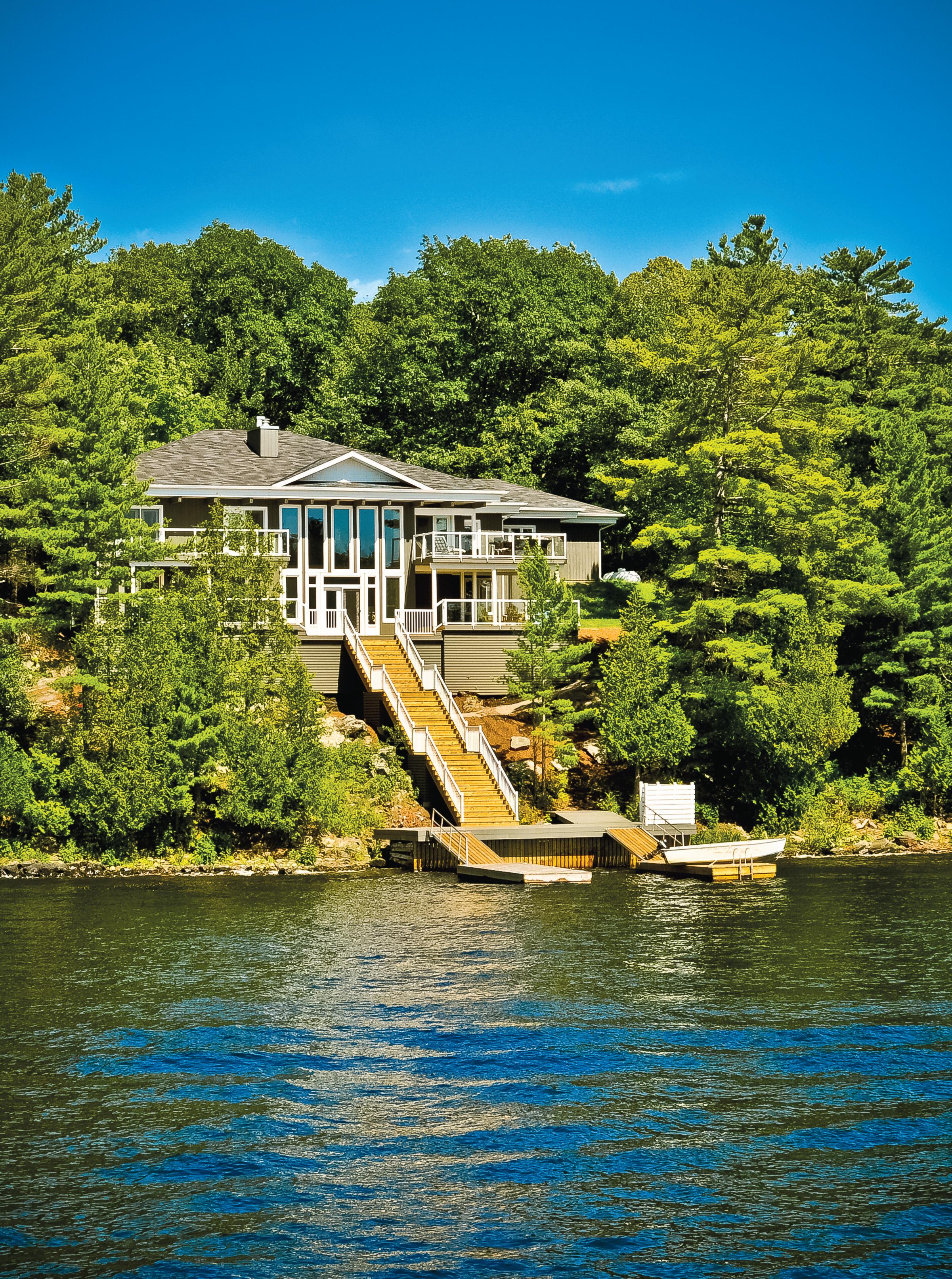

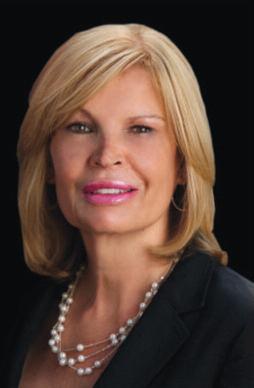
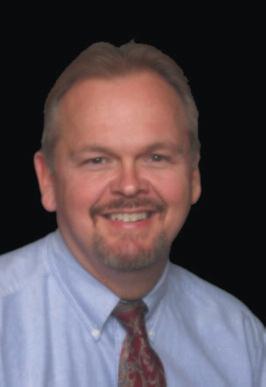
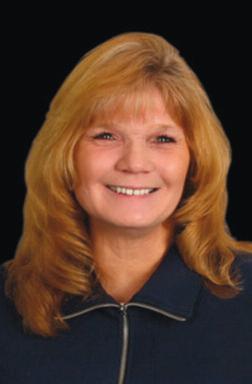
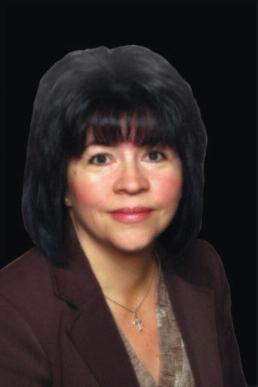



PRIVATE & PRISTINE!
Nestled among the trees, this wonderful Ranch features a nished walk-out and 74’ of shoreline! Association Social Membership provides access to Lakelands Golf & Country Club, Beach, Beach House, Playground and more. Open plan o ers over 2,800 SF of living space, a Formal Dining Room, Great Room with cathedral ceiling, large Island Kitchen & Nook with all appliances and French doors leading to the upper deck. Owner’s Suite features a Dressing Area, walk-in closet and jet tub Bath. Lower Level Family Room with wet bar and door to lower deck, Bedroom and Bath. 1st Floor Laundry and attached Garage. $724,900
LONG LAKE
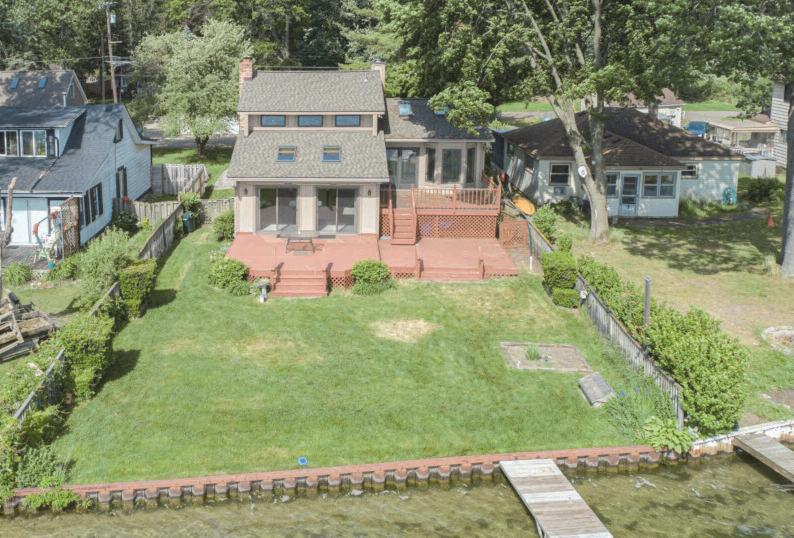


We’ve lived in the Lakes Area for over 35 Years! Real Estate is our passion not a part time hobby! We are Full Time, Professional Realtors with over 47 years of successful results. Whether you’re Buying or Selling, put our expertise to work for you!
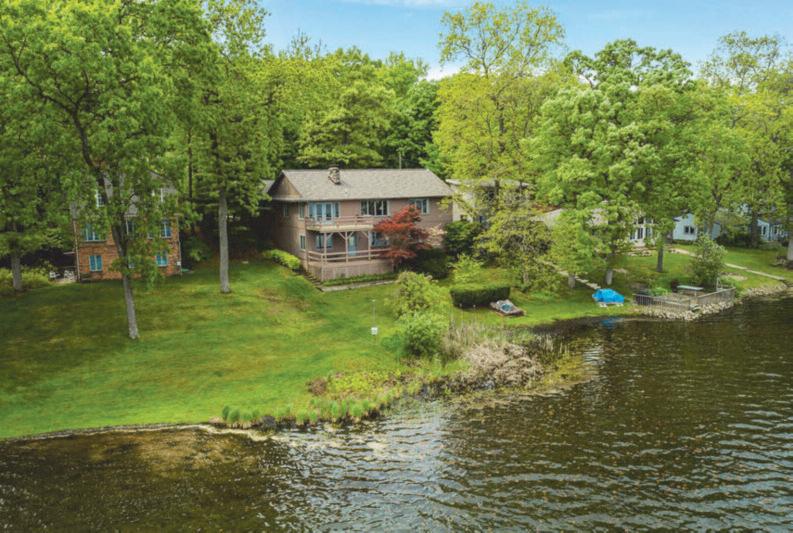
ESCAPE TO THE LAKE! is spacious contemporary is situated on fenced lot with seawall, dock, tiered decking, sandy shoreline and main lake views! e open oor plan includes a vaulted foyer with ceramic oor, Kitchen with all appliances, vaulted Dining Room with skylights, bay window and door-wall leading to the deck. Large Great Room features a vaulted ceiling with skylights, brick replace and two door-walls providing gorgeous main lake views. Large primary bedroom with ceiling fan and a walk-in closet. Full bath features a luxury soaking tub. Part nished basement with den or possible 4th bedroom, attached Garage with insulated overhead door and cement driveway with extra parking for all the toys! $599,900
WINANS LAKE Professional Service & Results Since 1977 248-366-7200 OUR WEBSITE TODAY! WWW.THESTOCKTONTEAM.COM 2730 UNION LAKE RD
YOUR TRUSTED LAKES AREA ADVISORS OUR GUARANTEED MARKETING PLAN INCLUDES: Professional Photography 3D Virtual Tour Postcard Campaign Custom Marketing Brochures Complete Web Presence Outstanding Customer Service THE STOCKTON TEAM Meet the Family!
STEVE Realtor
JANET Realtor
ROBERT Realtor
ROBIN Buyers Agent
LAURA Admin
2 W
WATKINS LAKE WOODBRIDGE LAKE

LAKE LIVING AT ITS FINEST!



Brick beauty with 153’ of shoreline on private & pristine lake. 5,147 SF of living space features soaring ceilings, crown molding, granite and hardwood ooring! Great Room with replace and a wall of windows facing the lake, Dining Room with crown molding, French door Library. Island Kitchen/Nook are furnished with custom cabinetry, glass display, tile backsplash, SS appliances, door-wall leading to the deck and custom inlaid oor. 1st oor Owner’s Suite with replace, door-wall to the deck, 2 walk-in closets and jet tub Bath. LL walk-out includes a Family Room with replace and door-wall leading to the patio, Media Room, Wet Bar, Bedroom, Bath and Sauna! 1st oor Laundry and 3 Car Garage. $799,900
THERE IS SOMETHING FOR EVERYONE AT THE LAKE!
Wonderfully updated home situated on a beautifully landscaped (double) lot with custom inlaid paver stone walkways, tiered patios, charming picket fencing, trellis, repit, waterfront deck/ dock, seawall and 89’ of shoreline. e custom contemporary o ers 3,100+ SF of living space, 3 Bedrooms, 3 Baths, vaulted Dining Room with skylight, Great Room with replace and door-wall opening to the patio, vaulted Family Room with stone replace. Snack-bar Kitchen features tile backsplash, SS appliances and pantry. A 2-story Flex Room features a stunning wall of windows facing the water, 1st oor Owner’s Suite includes a private Bath and custom walk-in closet, 2nd oor Bedroom Suite includes a cathedral ceiling with skylights, walk-in closet and open rail overlooking the lake. $899,900
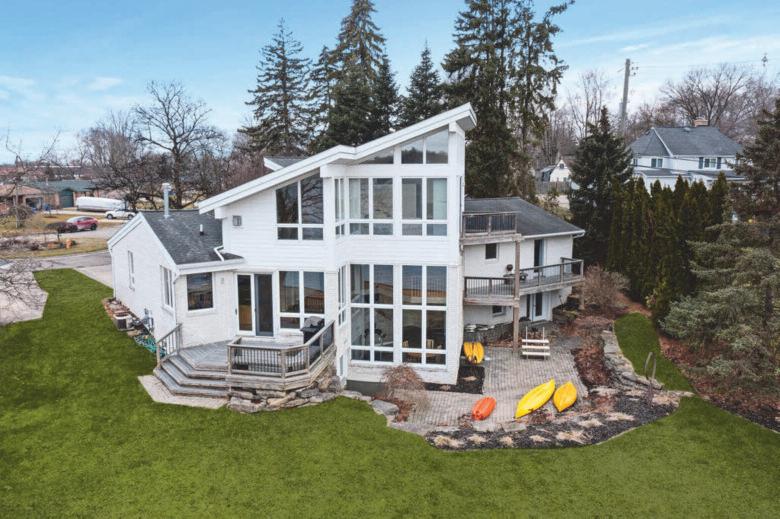
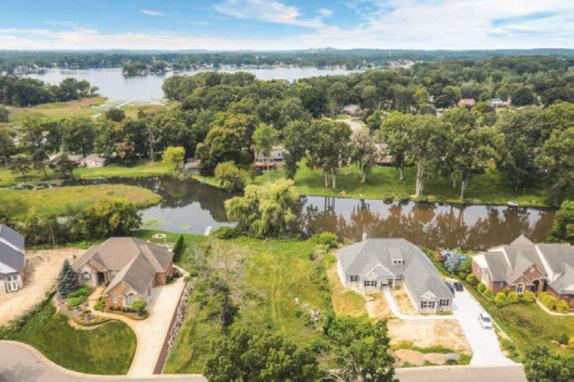
LONG LAKE
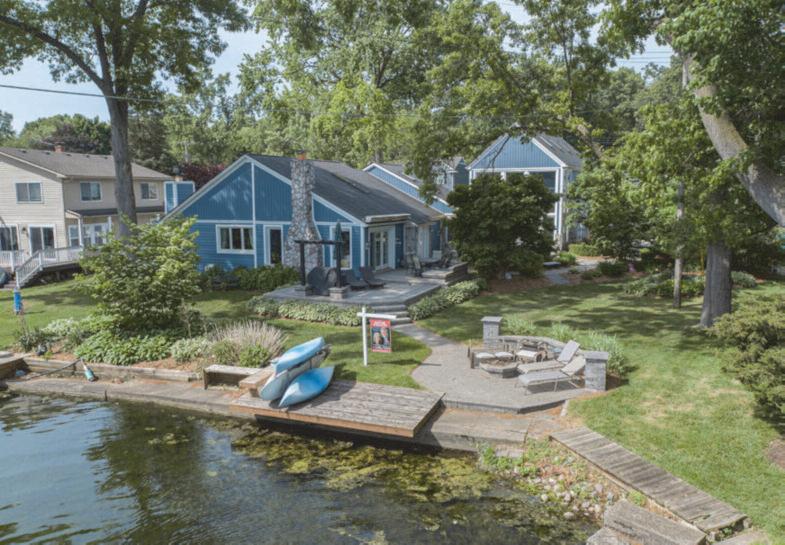
LIFE IS BETTER AT THE LAKE!
4
Spectacular contemporary o ers a nicely landscaped lot with a large paver stone patio, composite deck, seawall, and dock. Open oor plan o ers over 3,900 SF of living space, 4 Bedrooms, 4 full Baths, Great Room & Dining with hardwood oor, Granite Kitchen & Nook with French door leading to the deck. LL Walk-out includes a Family Room with replace, Rec Room with French door to patio, Bedroom, Bath and Laundry Room. 1st Floor Bedroom Suite with Bath plus a 2nd oor Owner’s Suite with a walk-in closet, large Bath, Sitting Room with replace and door to balcony! $995,000
PONTIAC LAKE TULL LAKE
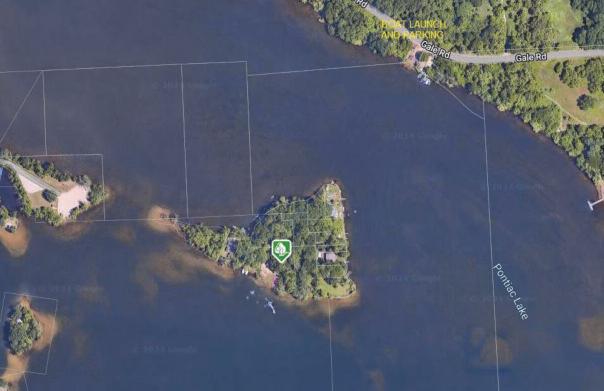
BUILD YOUR DREAM WATERFRONT HOME!
is beautiful (.56 acre) riverfront lot o ers 102’ of shoreline on pristine Huron River! Plus, you’ll enjoy access to Twin Lakes Village parks, playground, beach and boat launch on Tull Lake! Tucked away deep in the sub provides a quiet peaceful setting. e large (over a half acre) lot o ers walk-out/daylight basement potential. Water, Sewer, and utilities are at the street. $104,900
YOUR PRIVATE OASIS!
Unique Lakefront Living! is secluded and wooded lakefront lot is located on private Gale Island! e buildable lot o ers 61 feet of frontage on all sports (640 Acre) Pontiac Lake! Electricity and Sewer are at the street, a private Boat Launch and Parking are available for Island owners. $79,900
WWW.THESTOCKTONTEAM.COM GIVE US A CALL! 248-755-7500

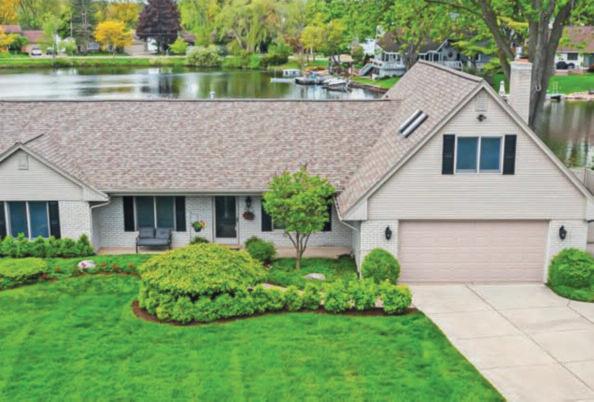
4977 Wavewood Dr., Commerce Twp.
MLS#20240025892 $860,000 Spectacular LakeFront Cape Cod w/ 1st Floor Primary Suite! 4B, 3.1 Baths. 2,424 SQ. FT. Prime lake frontage w/ Outstanding Sunsets, Sandy Beach & Dock. Many High End Upgrades!
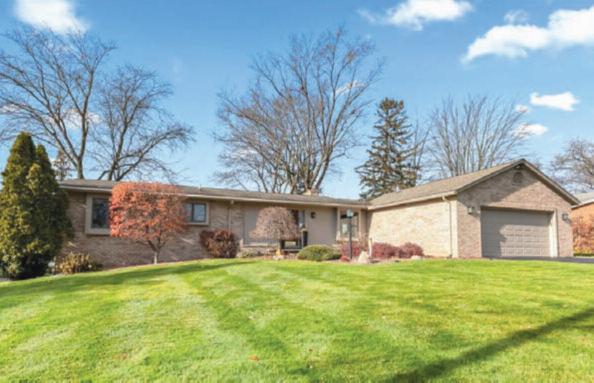
5111 Surfwood Dr., Commerce Twp.
MLS#20240025659 $820,000
3 Bed, 2.1 Baths. 1684 Sq. Ft. w/ additional 1192 Sq. Ft. in finished walkout! Beautiful Ranch w/ outstanding lake view!

1105 Riverstone Dr., Milford
MLS#20240018939 $535,000
3 Bed, 3.1 Baths. Over 2200 Sq. Ft. Beautiful custom stonework arch between family room and kitchen area w/ door leading to composite deck!


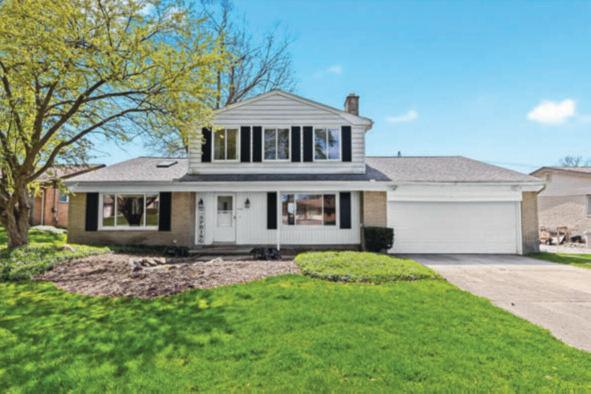
348 Beverly Island Dr., Waterford MLS#20240024067 $670,000.00
4 Bed, 3.1 Baths. Over 2500 SQ. FT. of living space. Located on a quiet bay on Otter/Sylvan Lake. Open floor plan w/ 1st floor primary suite & serene lake views.

4491 Ravinewood Dr., Commerce Twp.
MLS#20230028502 $699,900
3 Bed, 3 full Baths. 2133 Sq. Ft. Beautiful Ranch home w/ Prime lake frontage, just minutes from main lake w/ no wake! Spectacular Sunsets!
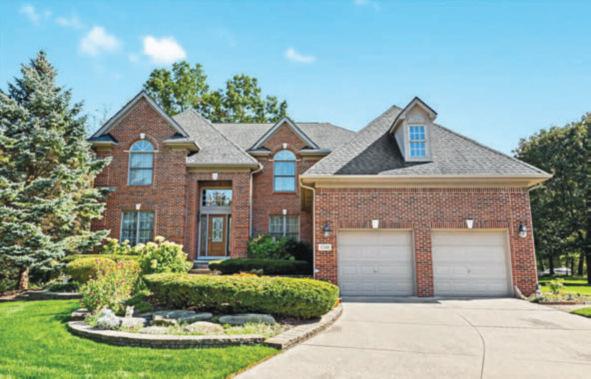
1248 Edenbrook Dr., Wixom
MLS#20230105898 $649,900
4 Bed, 4.1 Baths. 3378 Sq. Ft. w/ additional 1817 Sq. Footage in the incredible finished walkout! 2.5 car garage. Meticulously maintained home w/ classic and open layout!
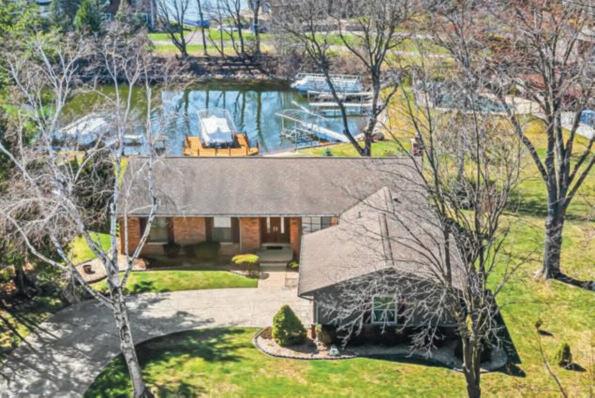
4611 Ravinewood Dr., Commerce Twp
MLS#20240019954 $819,900
3 Bed, 3.1 Baths. Over 3100 Sq. Ft. of living space including walkout w/ lake views! Primary suite w/views of lake!
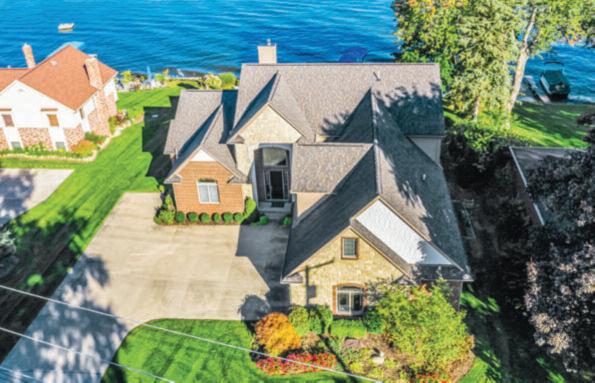
4792 Driftwood Dr., Commerce Twp
MLS#20230030522 $1,390,000
4 Bed. 3.1 Baths. 3600 Sq. Ft. of living space w/ added 1384 Sq Ft. in finished lower level walkout! Stunning home w/ High End features throughout this home!
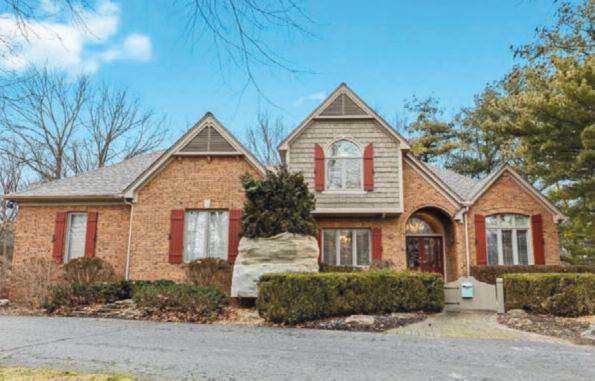
1761 Hidden Valley Dr., Milford
MLS#20240009140 $625,000
3 Bed, 3.1 Baths. 2521 SQ. FT. with additional 1927 SQ. FT. in the meticulously maintained finished walkout! 3 car garage. Large 1st FL primary suite w/ wall of windows, window seat & WIC!
800
Milford,
48381 www.SueSellsEm.com Proud Recipient
the Prestigious RE/MAX Lifetime Achievement Award!
N. Milford Rd. #100
Michigan
of
SOLD SOLD SOLD SOLD SOLD SOLD SOLD





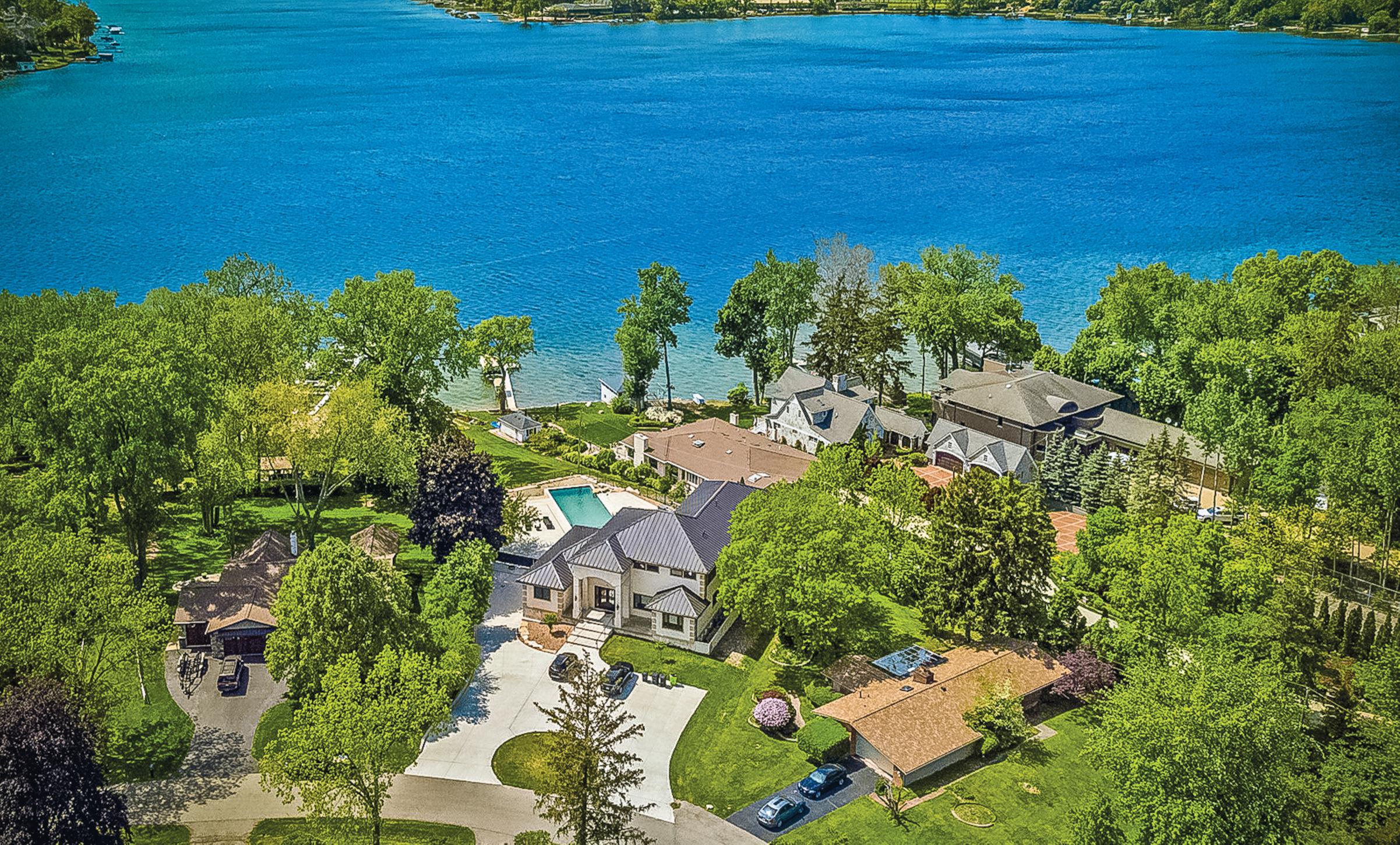
































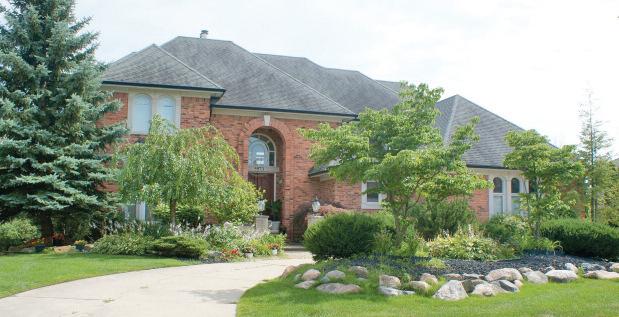




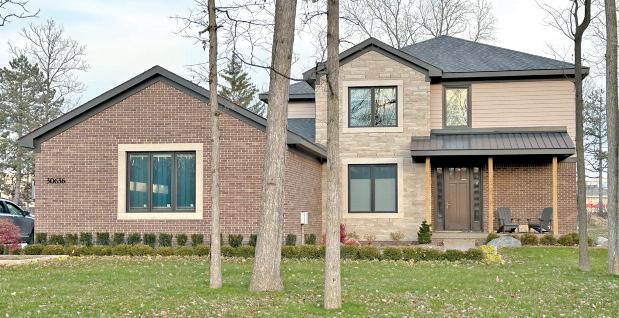
Owned and Operated E RE/MAX NEW TREND E U L H U N OPP RT N Y All Star PINE LAKE - $3,500,000 Fa b u l o u s C u s t o m C o n t e m p o r a r y H o m e o n p r e s t i g i o u s A l l s p o r t s p i n e l a k e ! A m a z i n g l a k e v i e w s & i n - G r o u n d p o o l ! o v e r 8 , 2 0 0 s q f t w i t h F i n i s h e d w a l k o u t ! CALL WEST BLOOMFIELD - $749,000 C u s t o m 6 B e d r o o m H o m e i N d e s i r A B l e r o y A l p o i N t w / F i N i s H e d w A l k o u t ! o p e N i N t e r i o r w / 2 - s t o r y G r e A t r o o m F i r e p l A C e . CALL UNION LAKE - $650,000 o u t s t A N d i N G u N i o N l A k e F r o N t l i v i N G ! p r e m i u m l o t w i t H 4 1 F e e t l A k e F r o N t A G e ! p i C t u r e s q u e l o t w i t H pA N o r A m i C l A k e v i e w s ! CALL BLOOMFIELD HILLS - $1,990,000 B e A u t i F u l C u s t o m B u lt C o l o N i A l s i t u A t e d o N 2 5 A C r e s i N t H e C i t y o F B l o o m F i e l d H i l l s ! o v e r 6 , 3 0 0 s q . F t. o F l i v i N G s pA C e . CALL ROCHESTER HILLS - $765,000 N e w C o N s t r u C t i o N N e A r C o m p l e t i o N N r o C H e s t e r H i l l s ! s pA C i o u s C o l o N i A l w / 2 - s t o r y G r e A t r o o m , s pA C i o u s G o u r m e t i s l A N d k t C H e N CALL SYLVAN/OTTER LAKE - $1,210,000 N e w e r B u i lt ( 2 0 2 2 ) C u s t o m l A k e F r o N t H o m e o N A l l s p o r t s s y l v A N / o t t e r l A k e w / w A l k o u t l o w e r l e v e l & FA B u l o u s l A k e ! CALL FRANKLIN - $995,000 N e w C o N s t r u C t i o N H o m e B u i lt B y A t t o C o N s t r u C t i o N C u r r e N t ly u N d e r C o N s t r u C t i o N i N F r A N k l i N C o m m o N s ! B r i C k C o l o N i A l CALL SOLD
THE XT FAMILY FROM MASTERCRAFT


ENDLESS WAVES. ENDLESS WAYS.
Introducing the XT Family—where every model produces world-class surf waves. Endless options and customizations allow you to create your ideal Find yours at Action Water Sports of Fenton or online at actionwater.com Fenton, MI 8051 Old US-23 Fenton, MI 48430 | 810.629.1342 Visit us at actionwater.com



























































































































































 BY MARK H. STOWERS
BY MARK H. STOWERS


























































































































